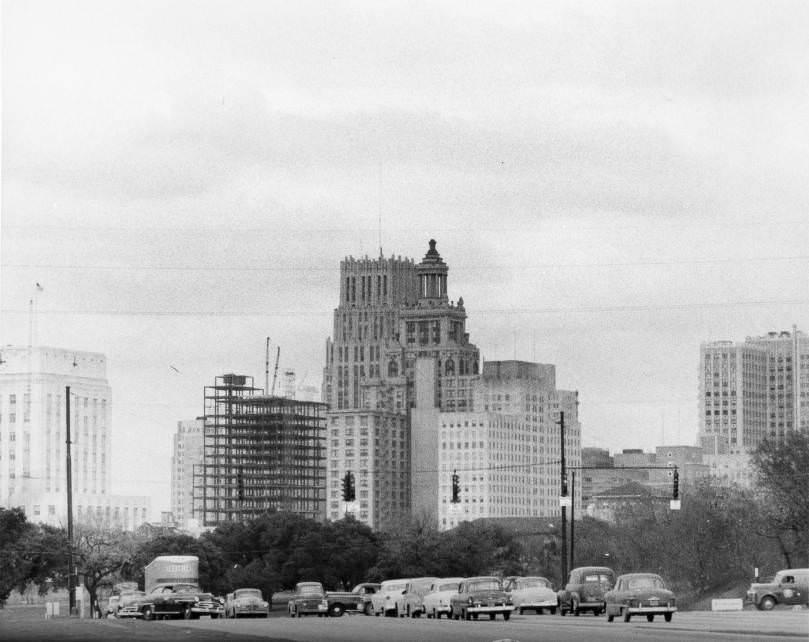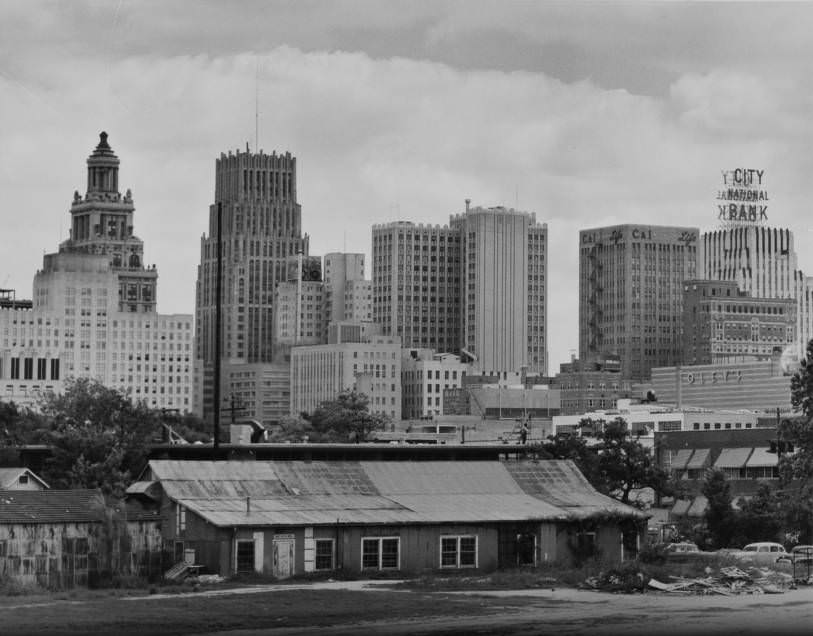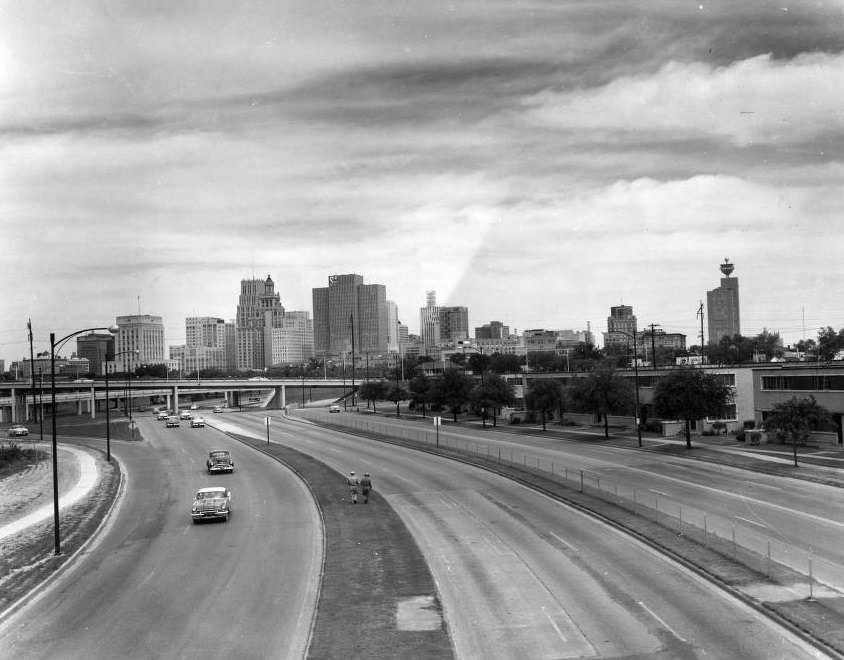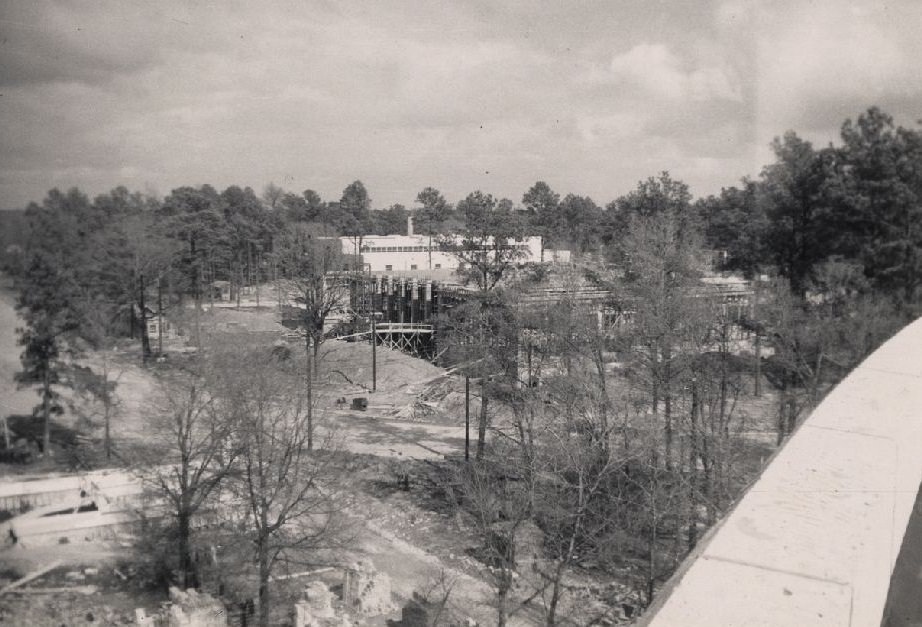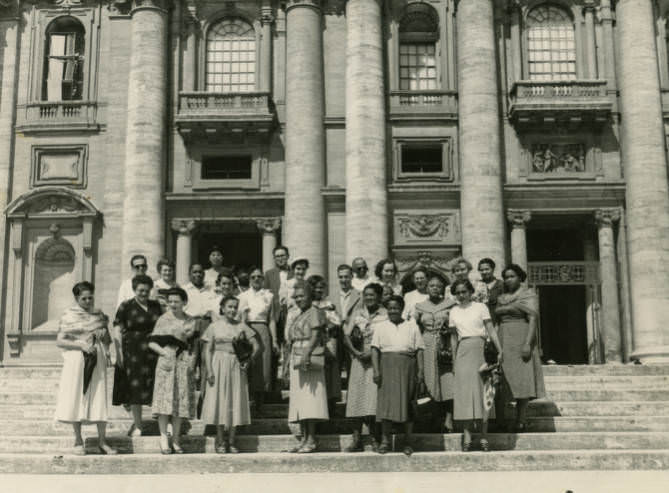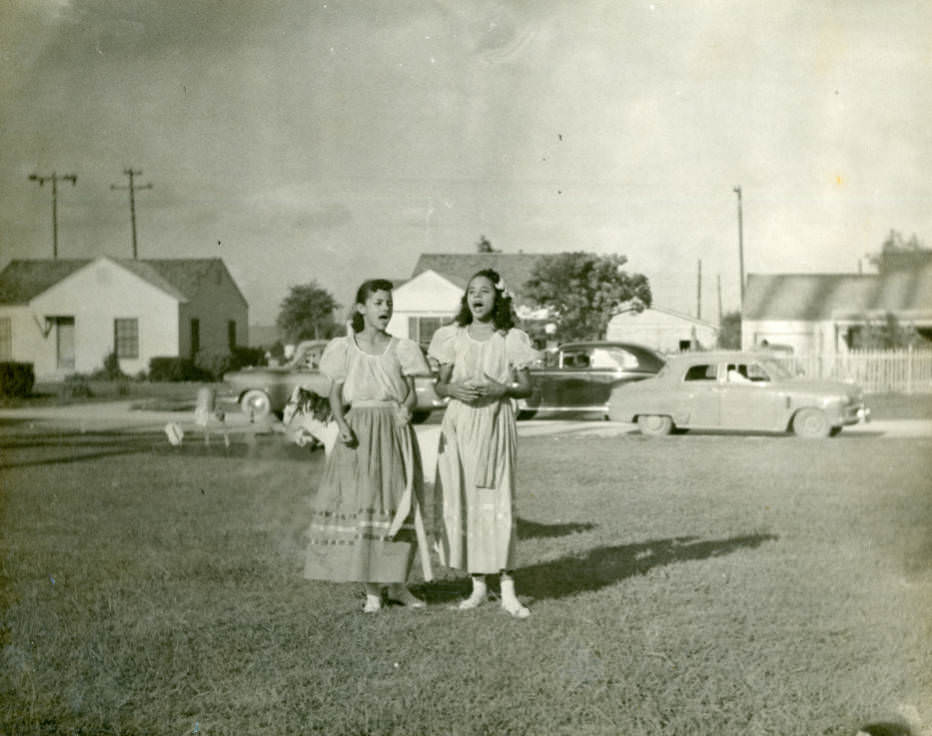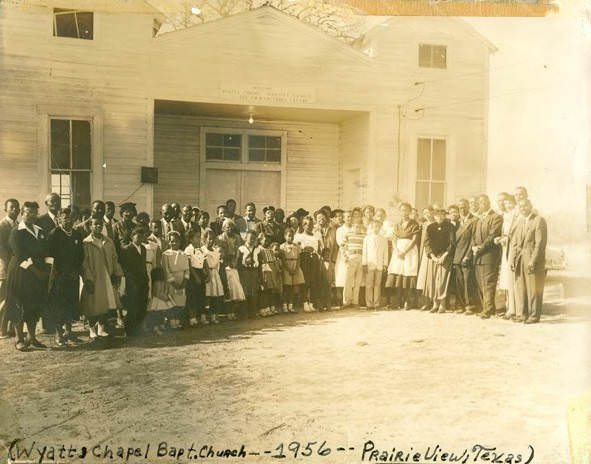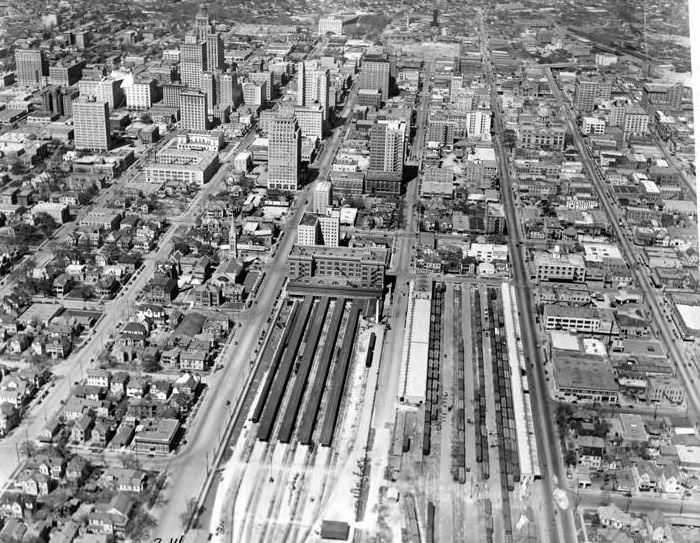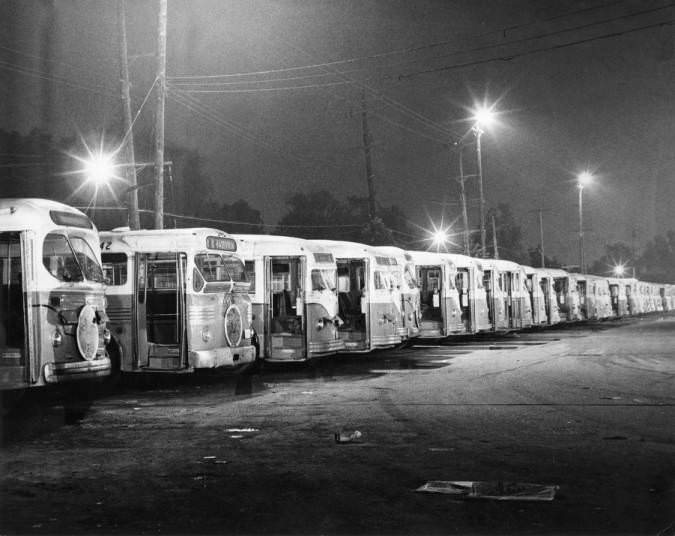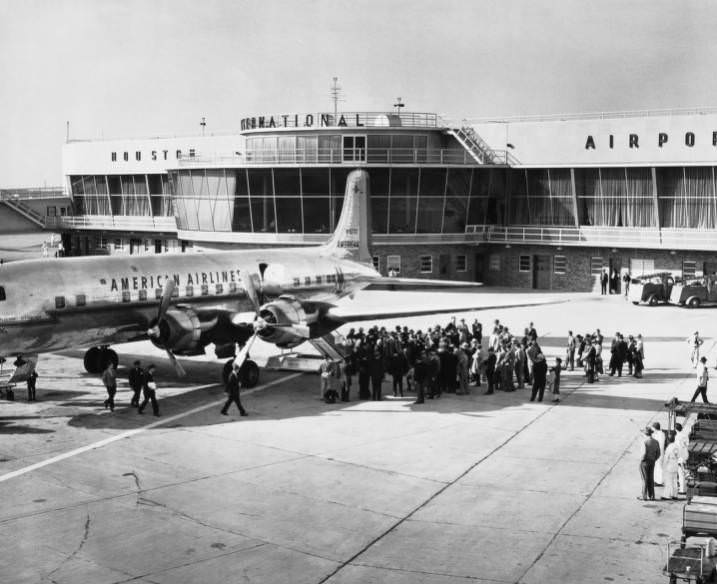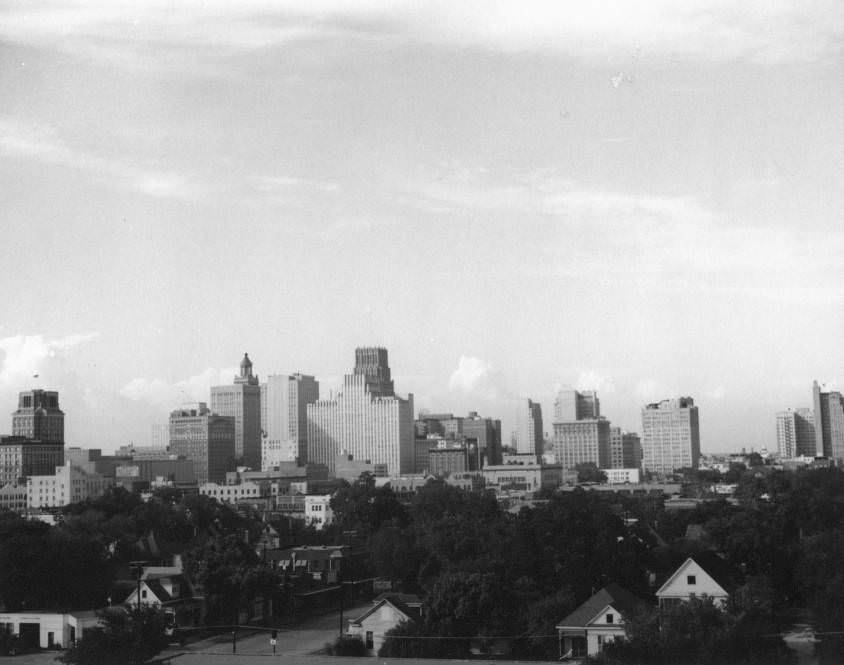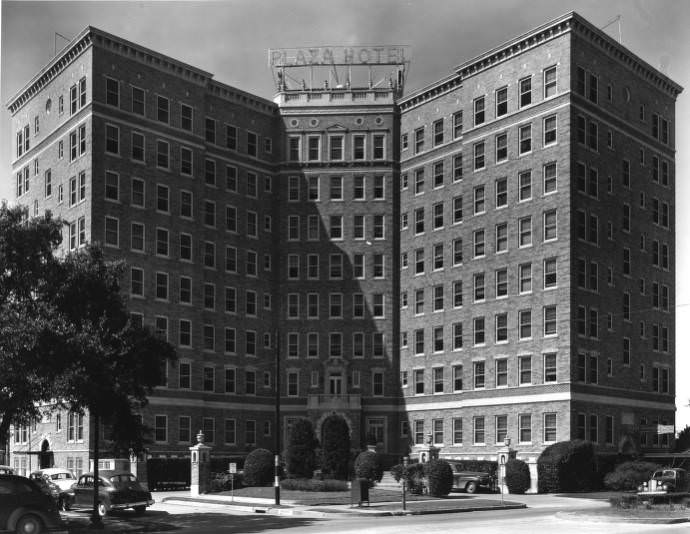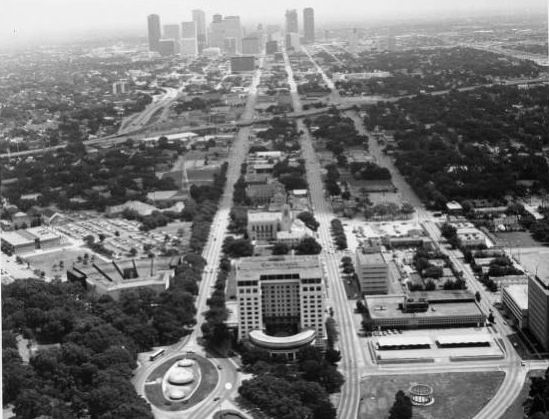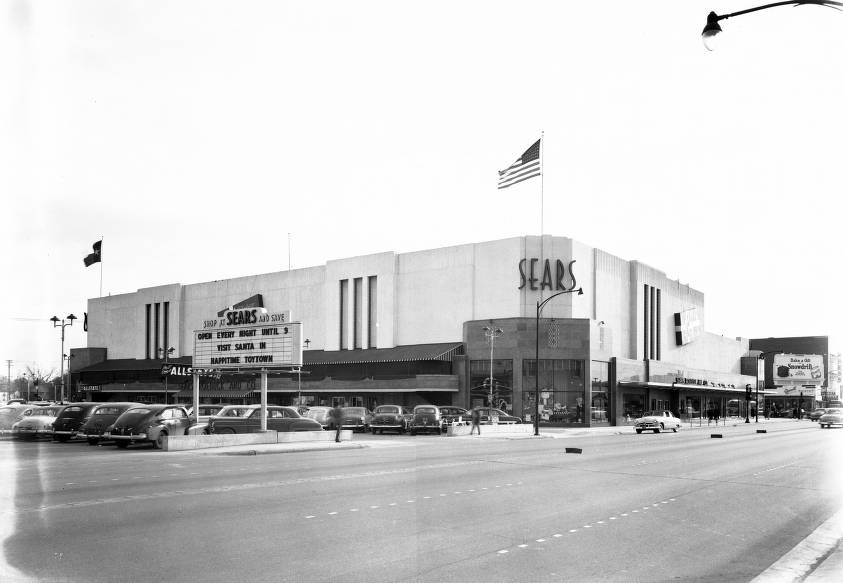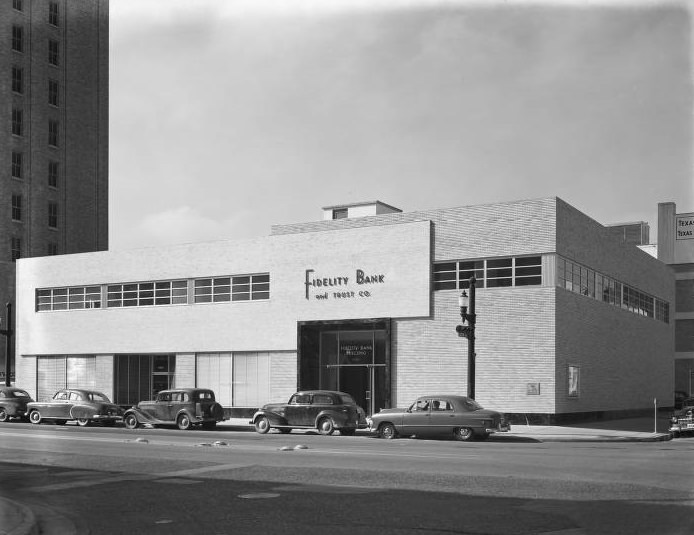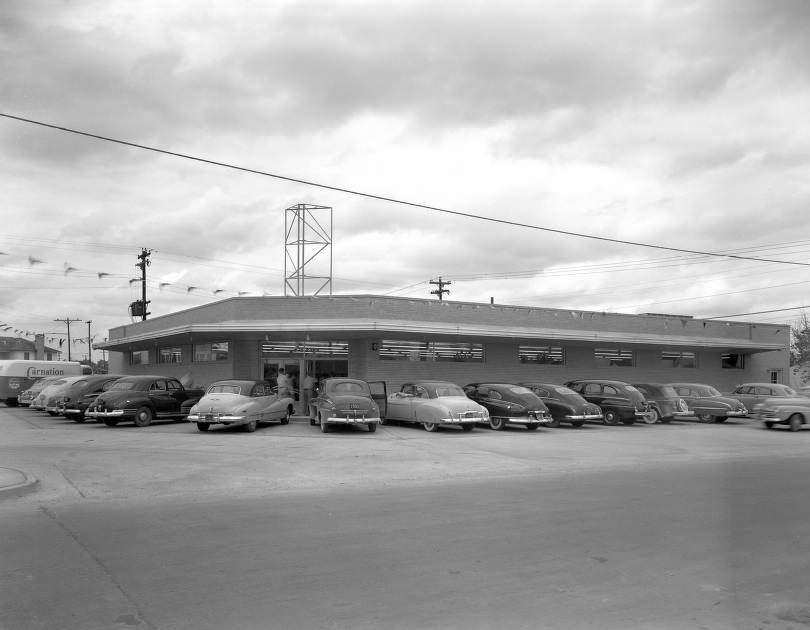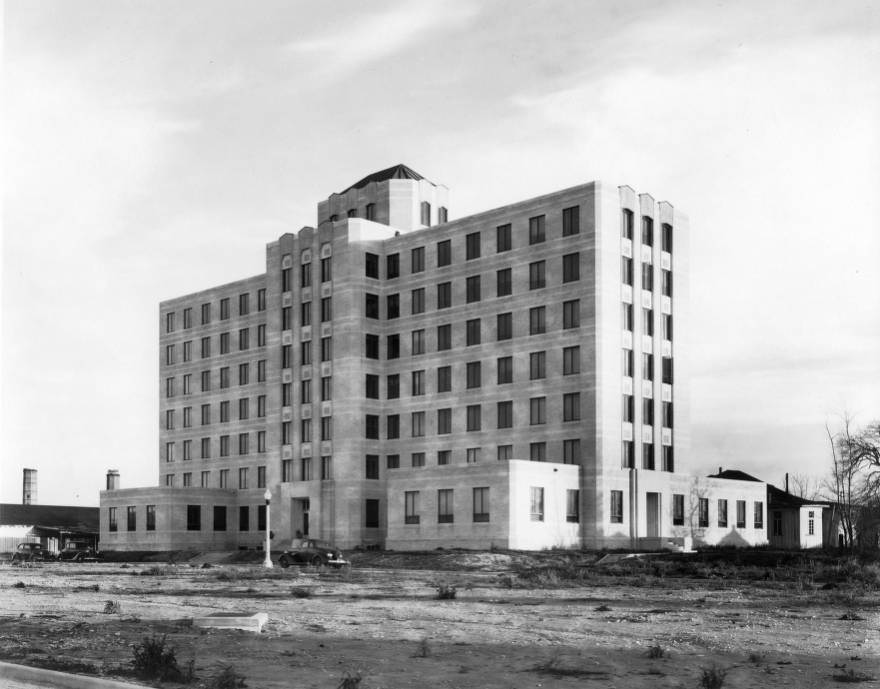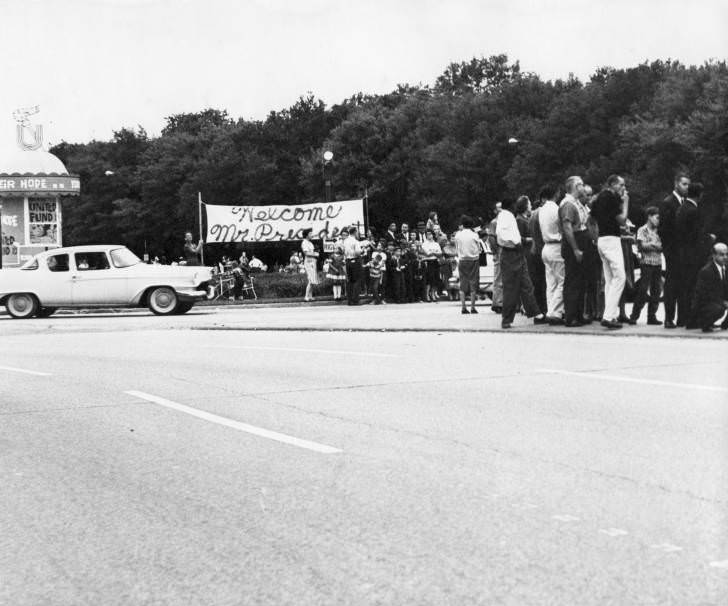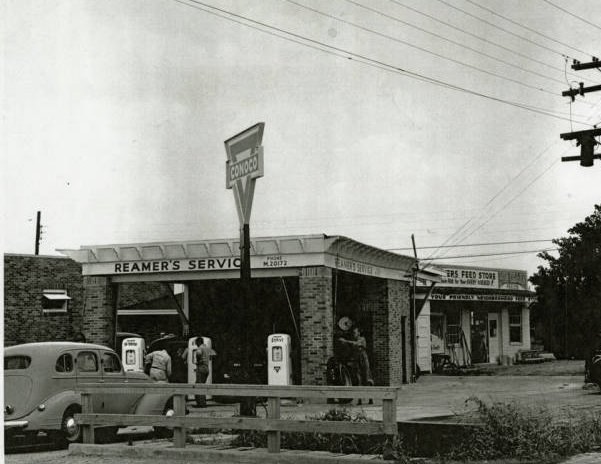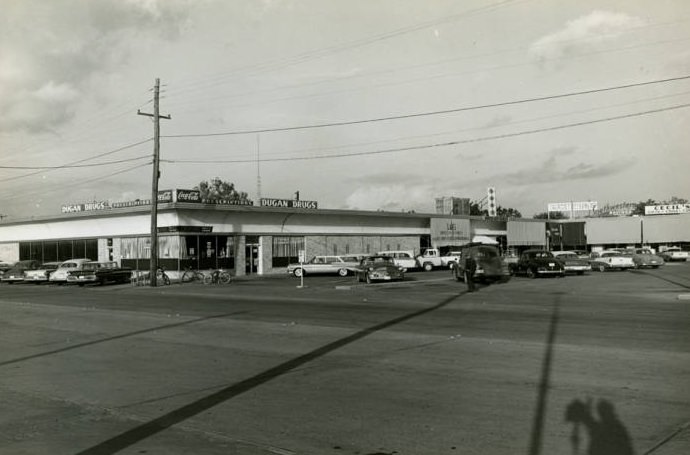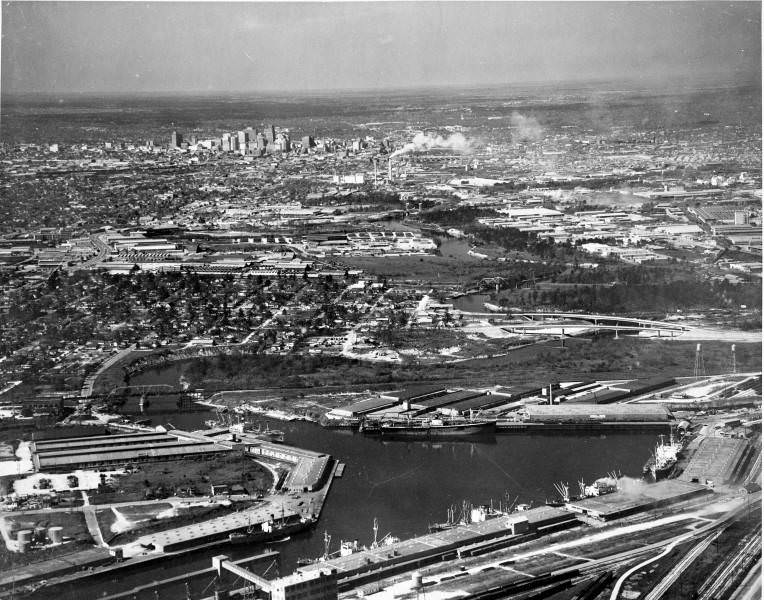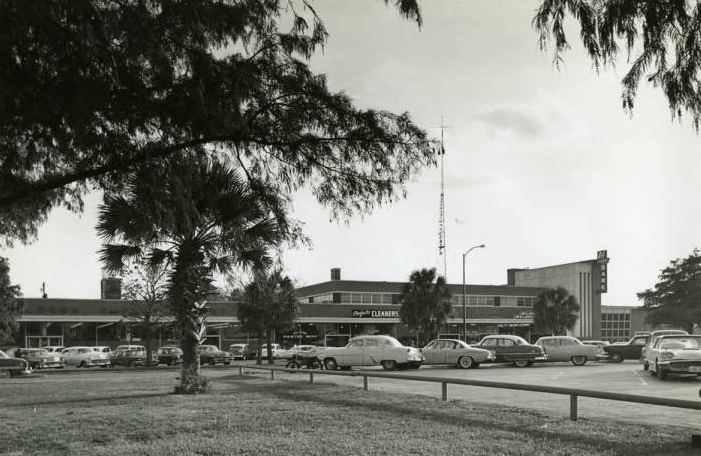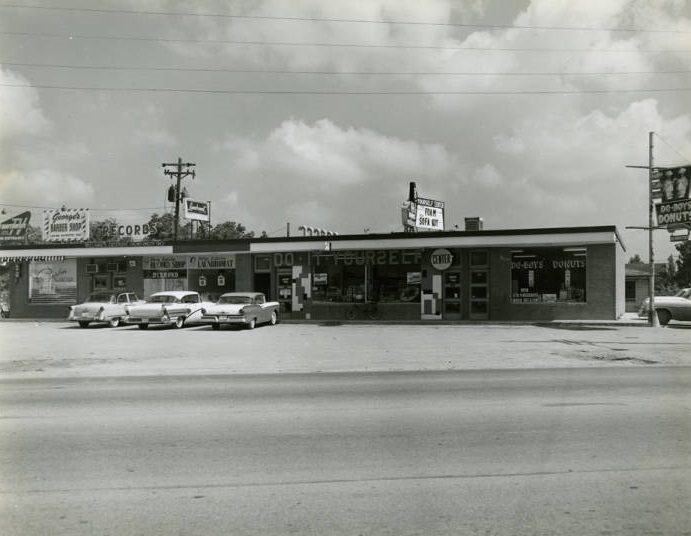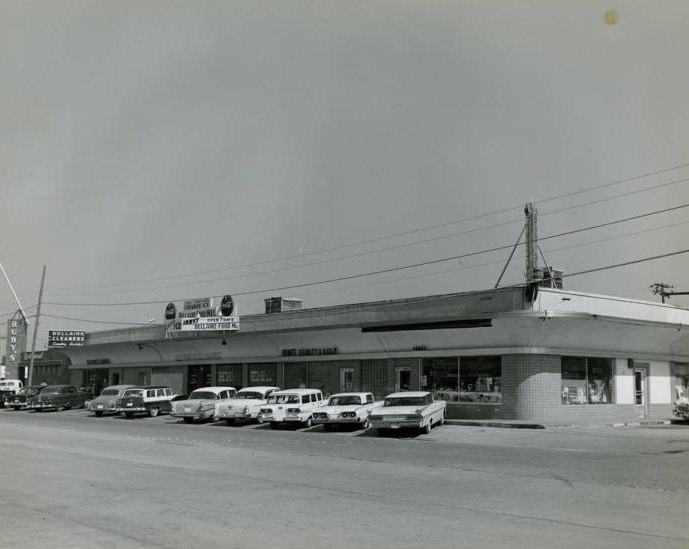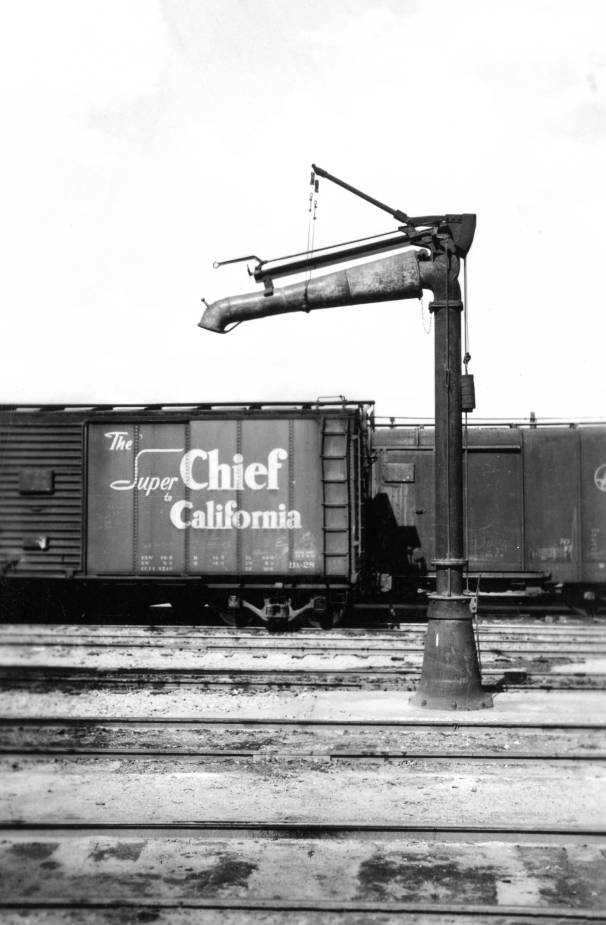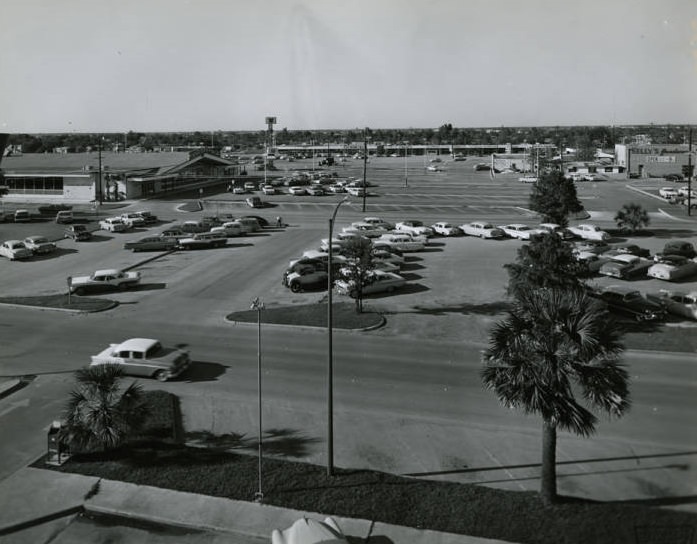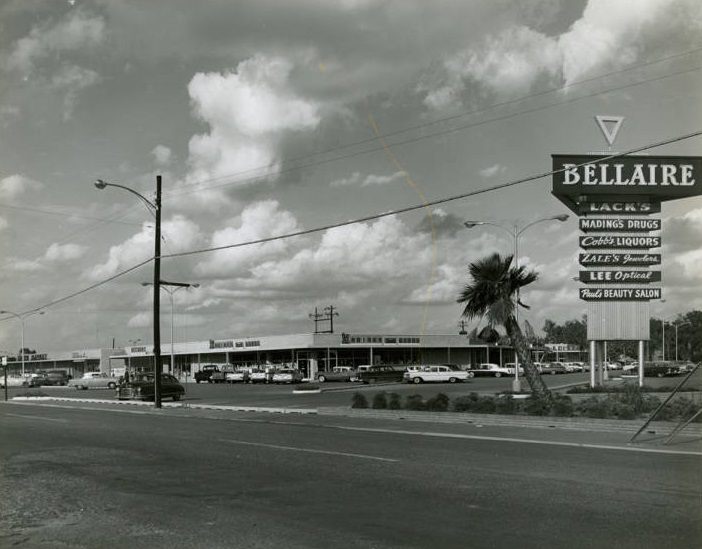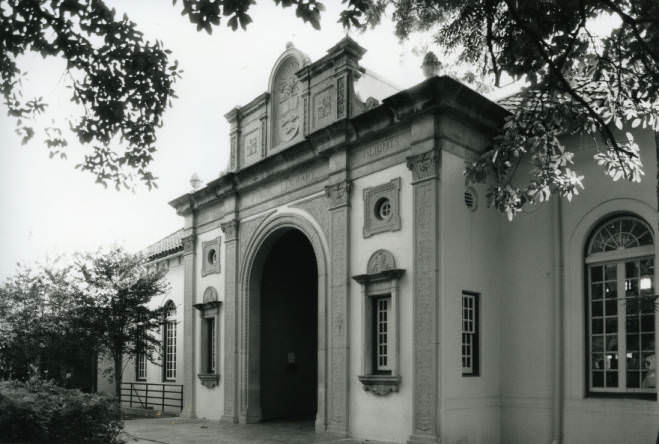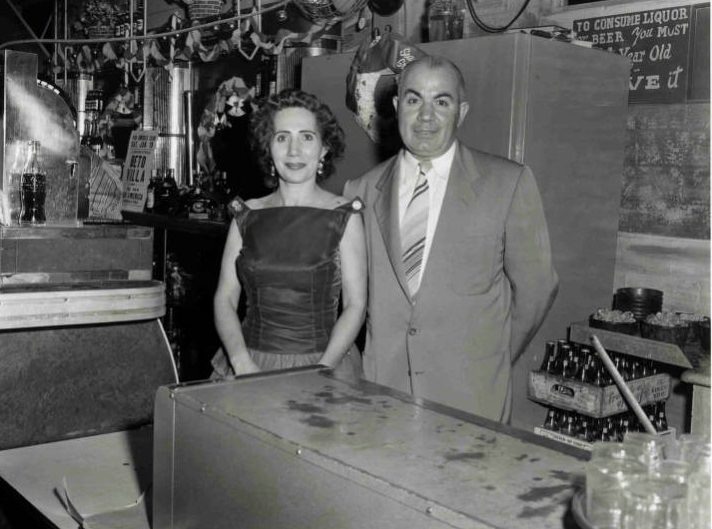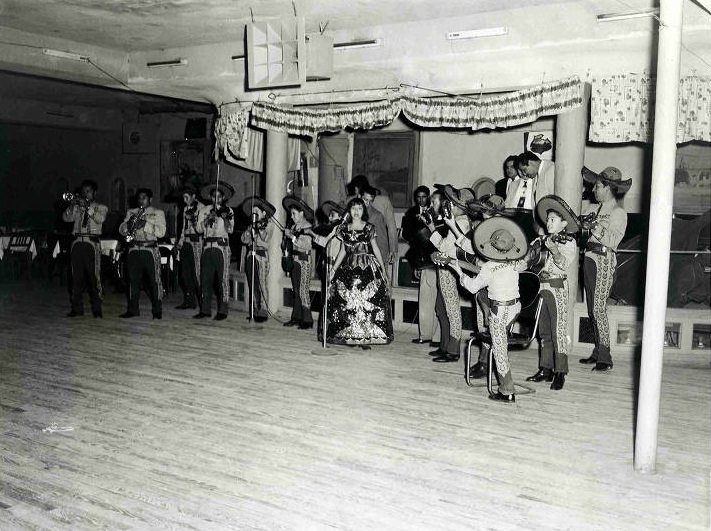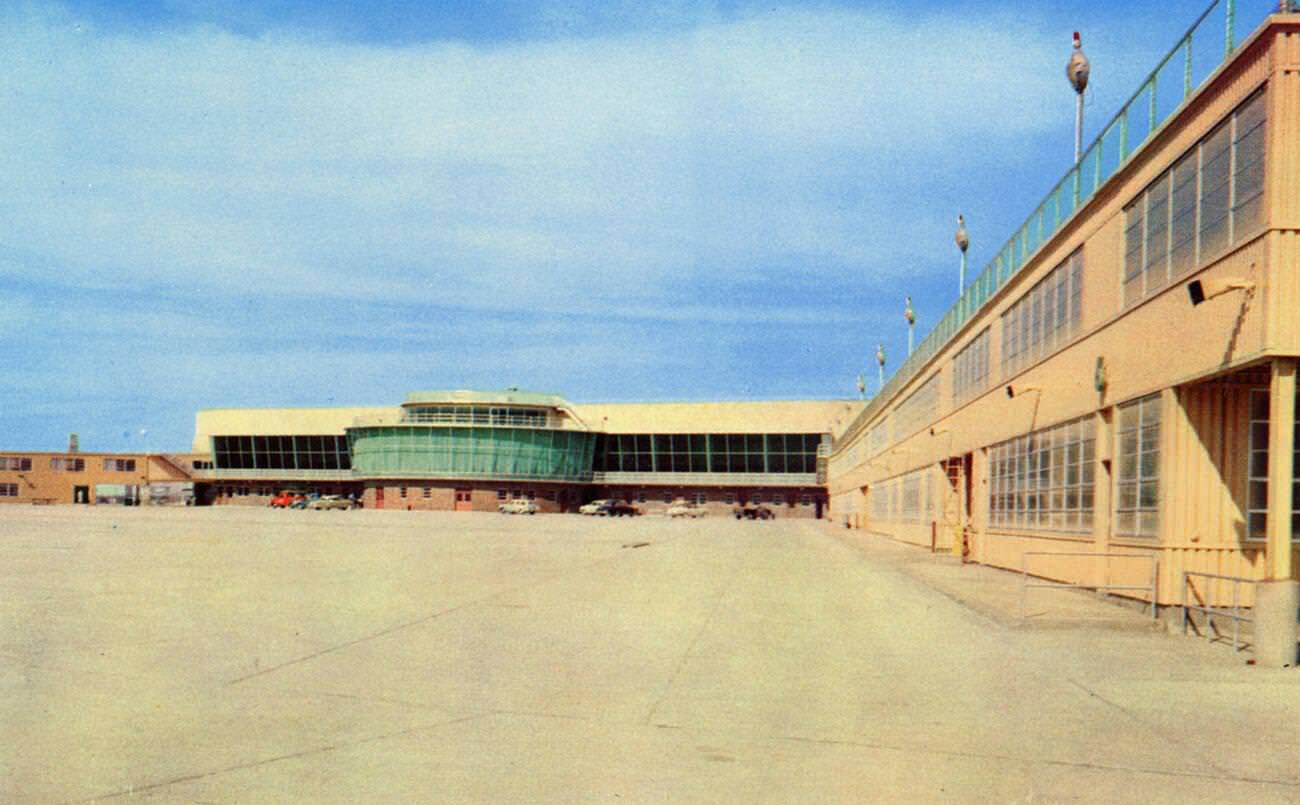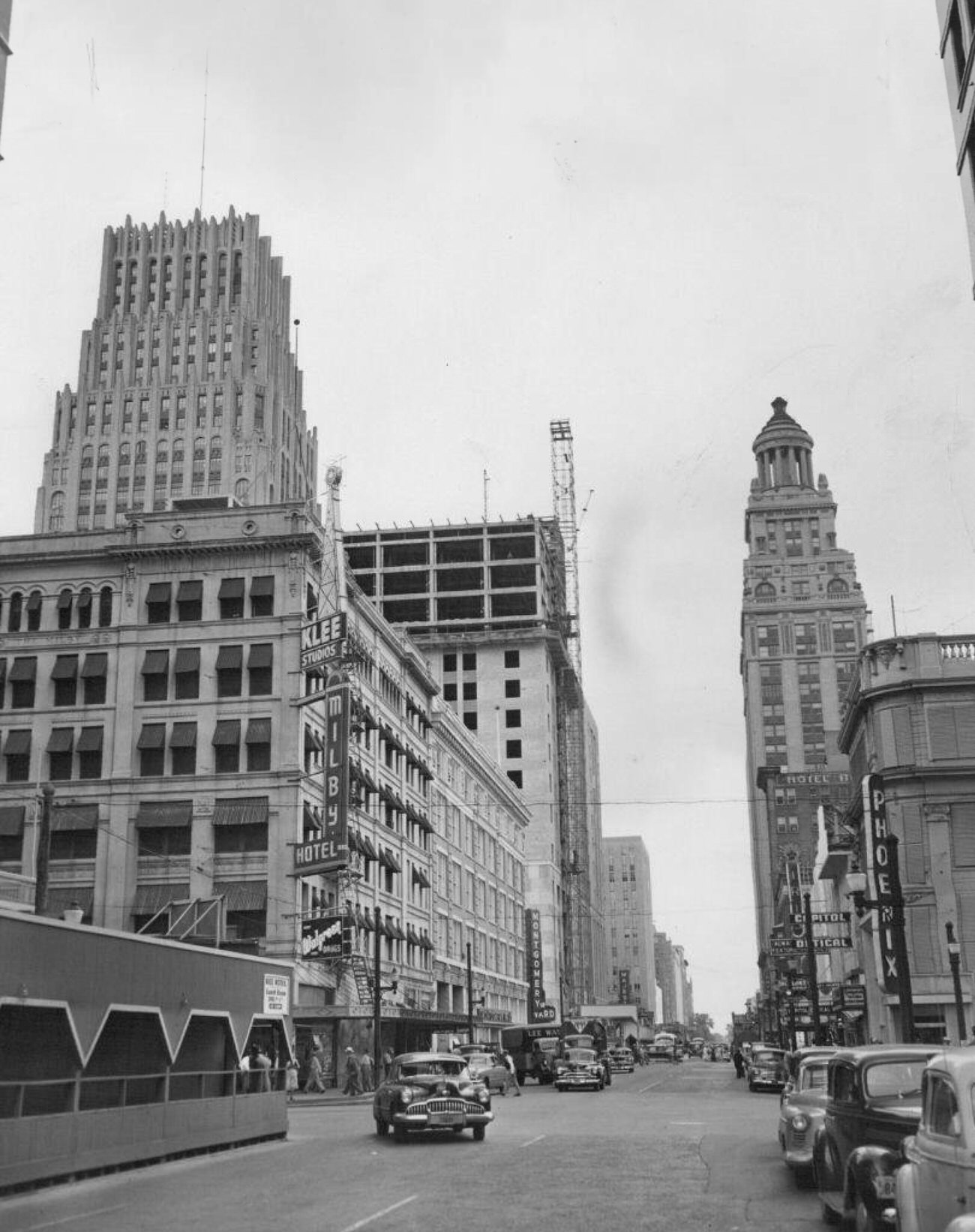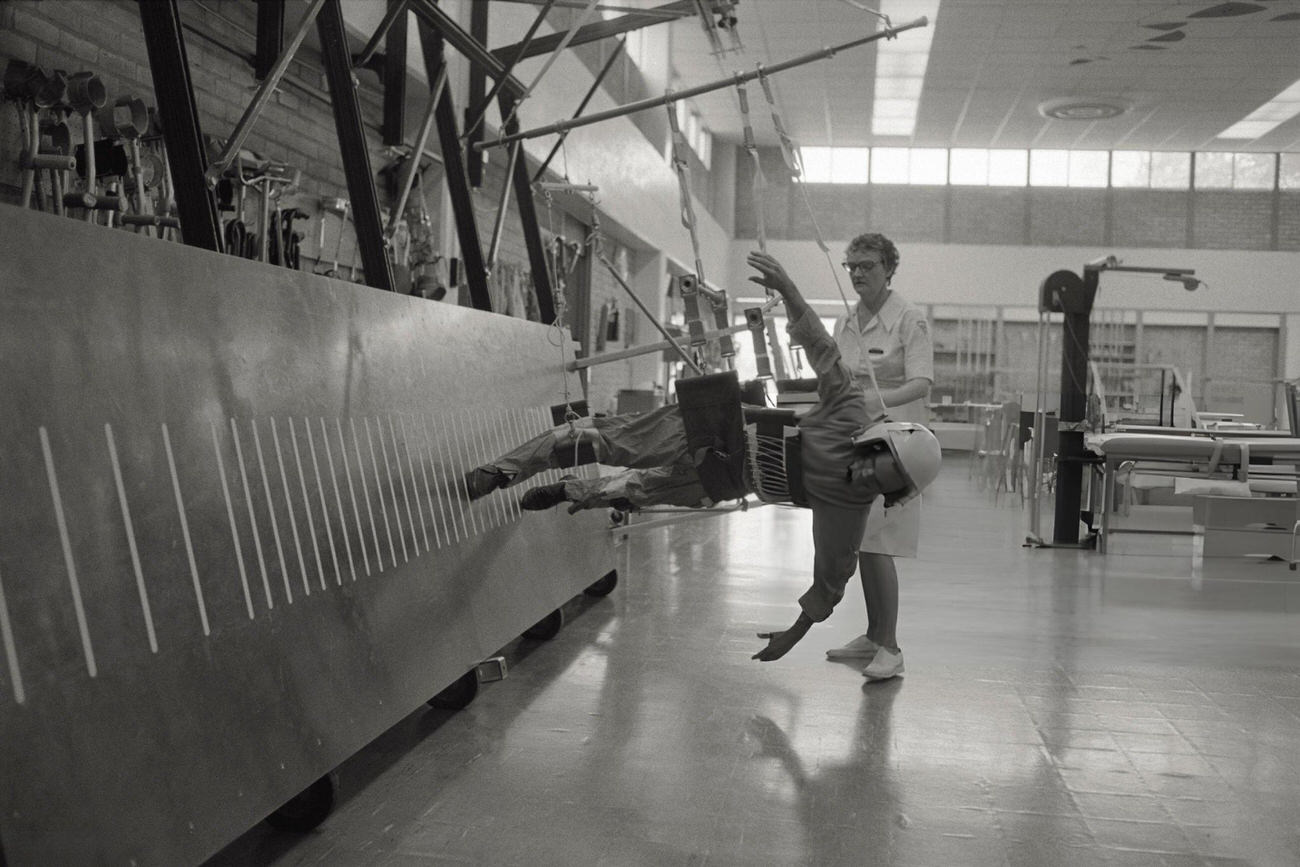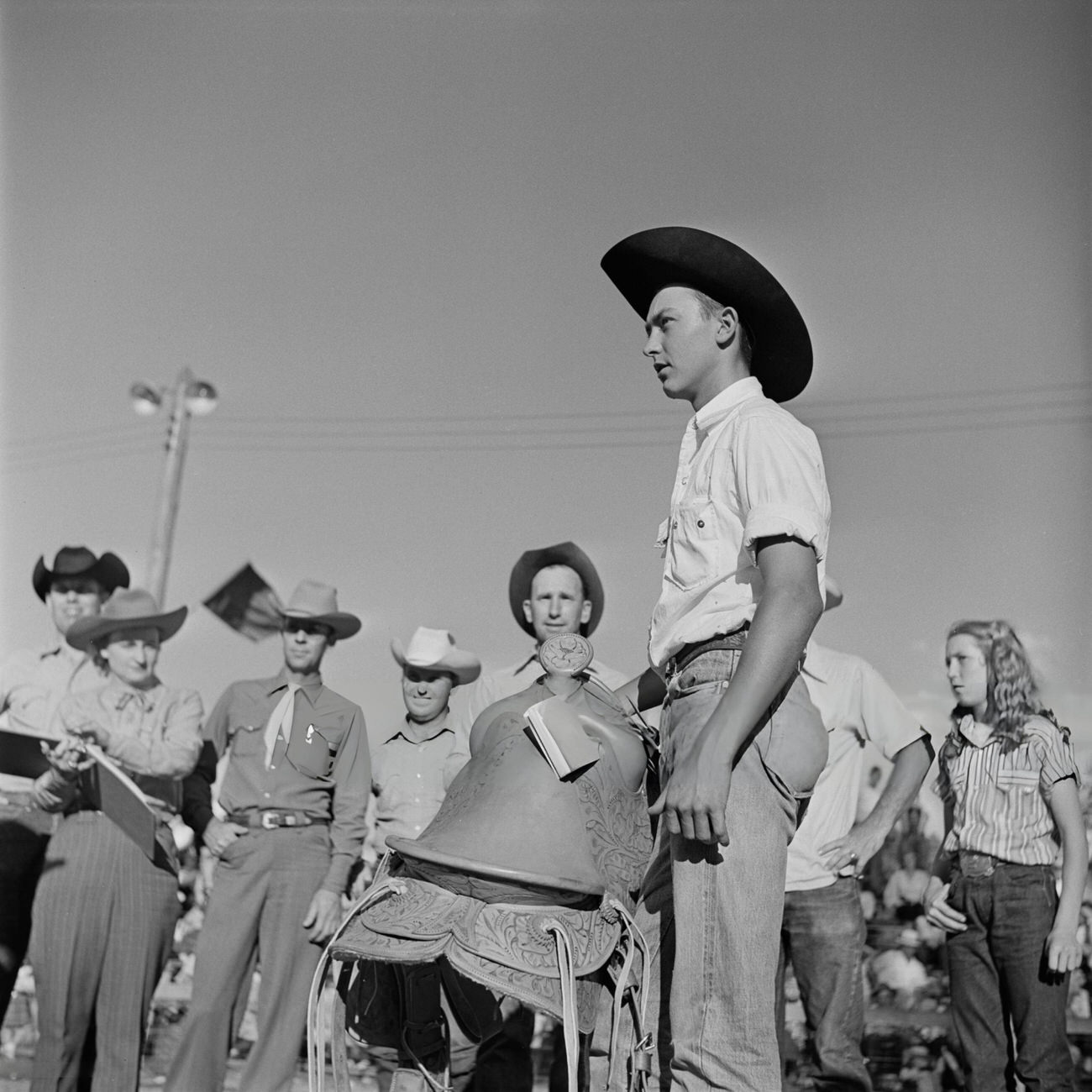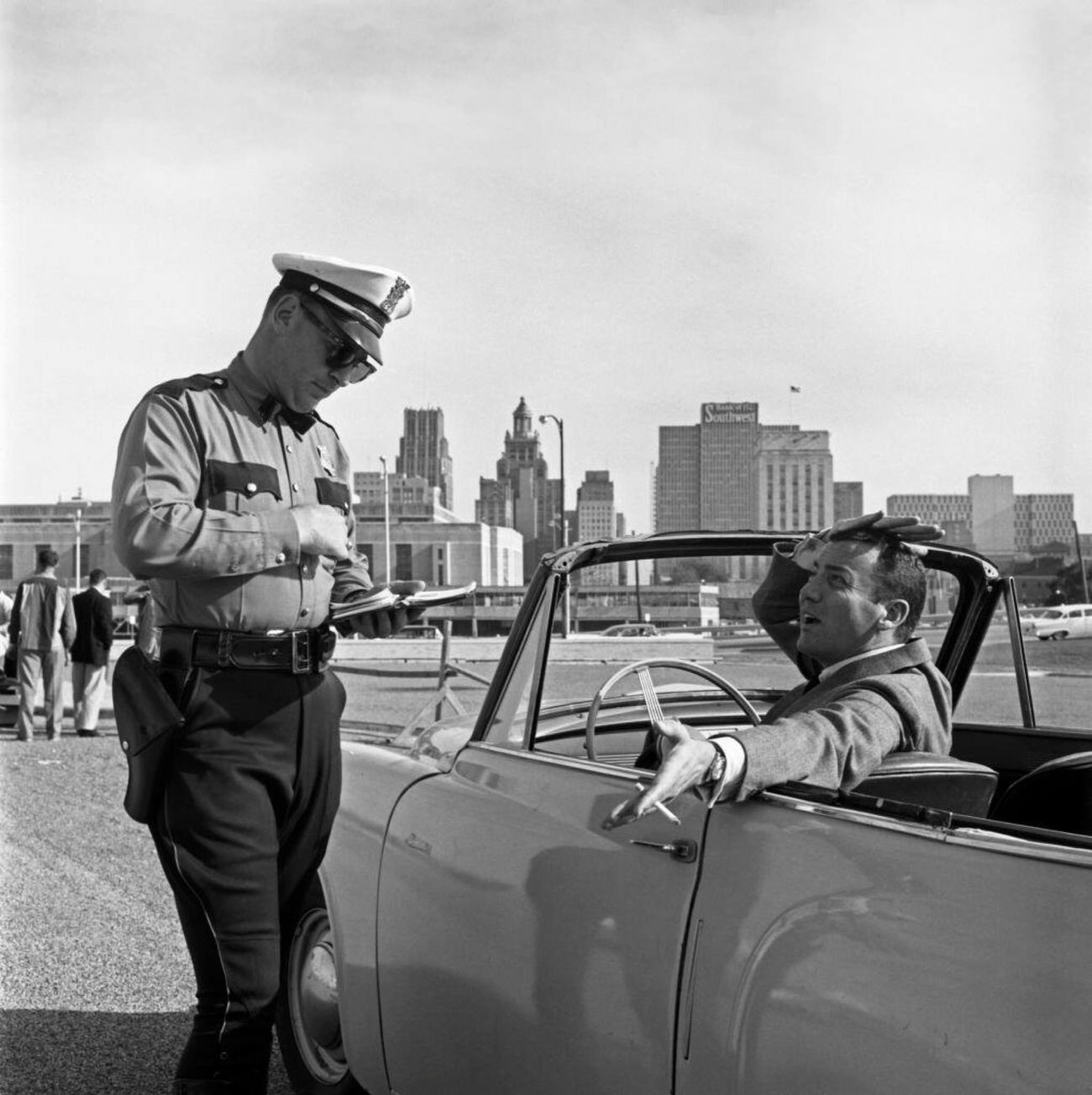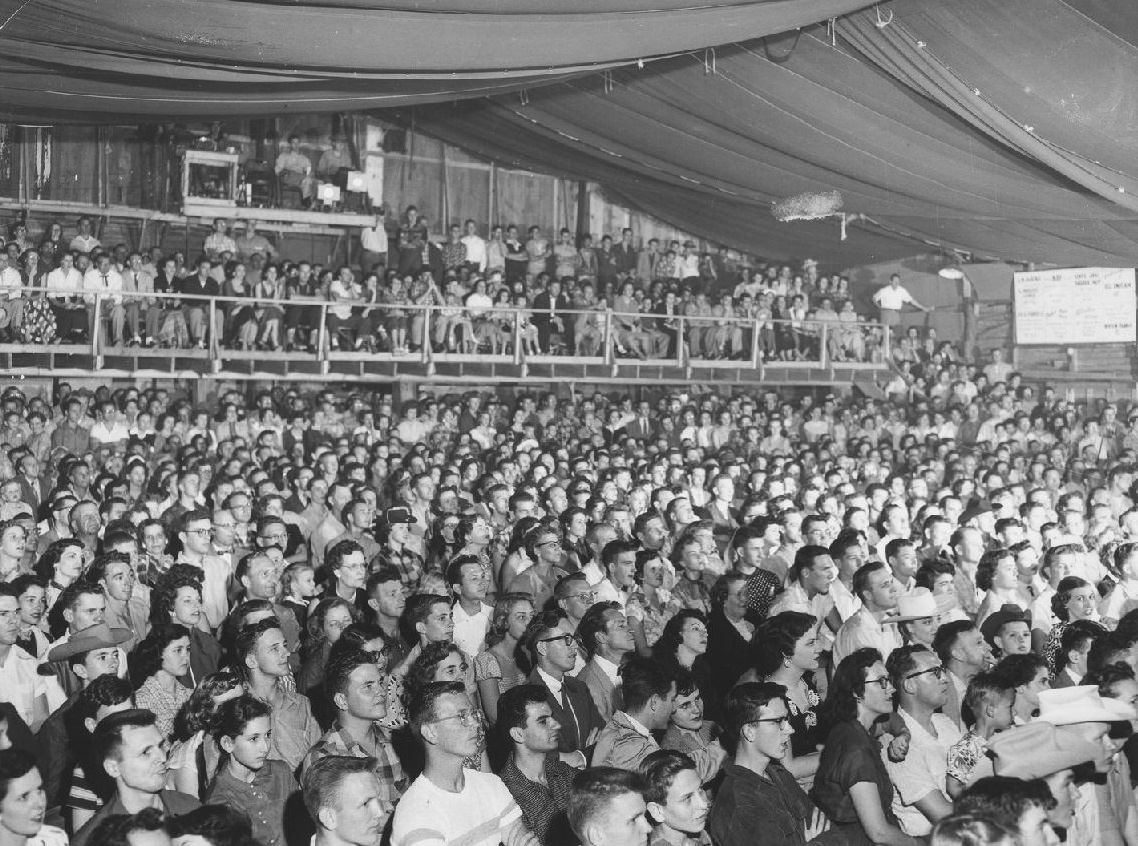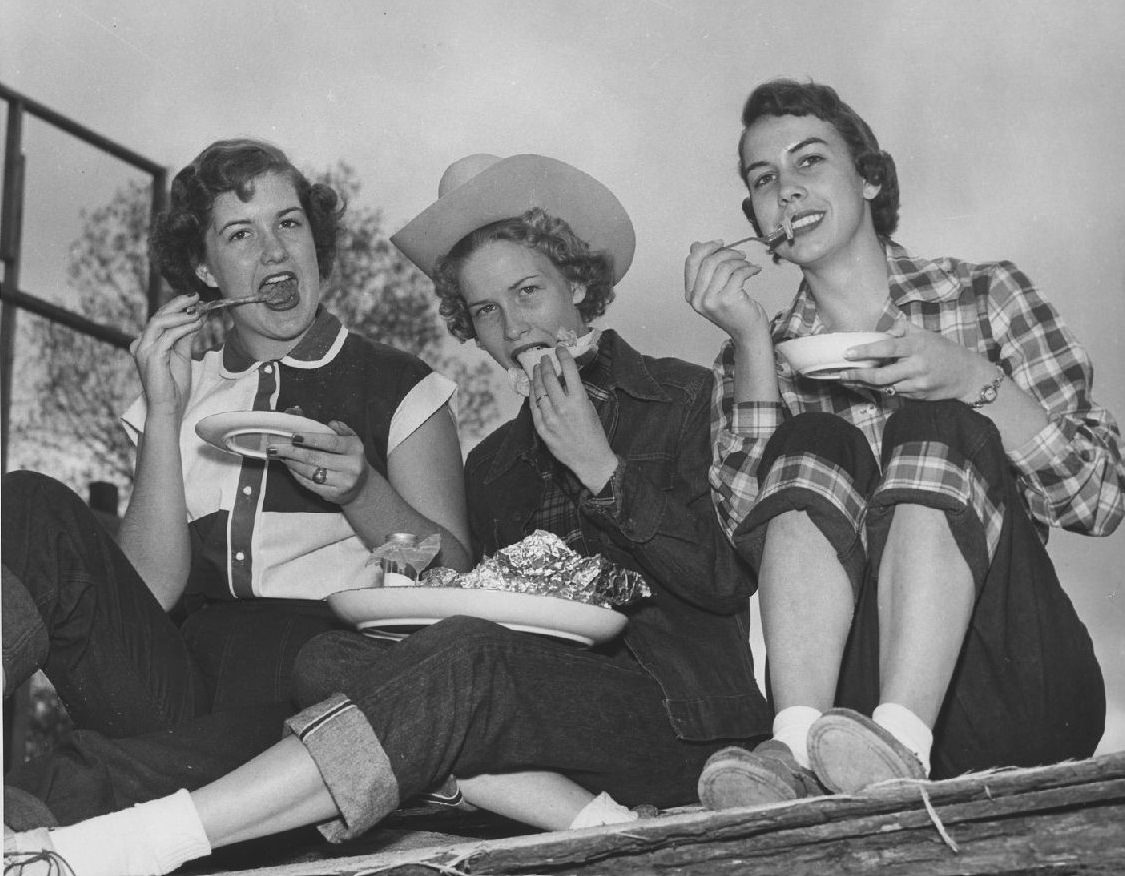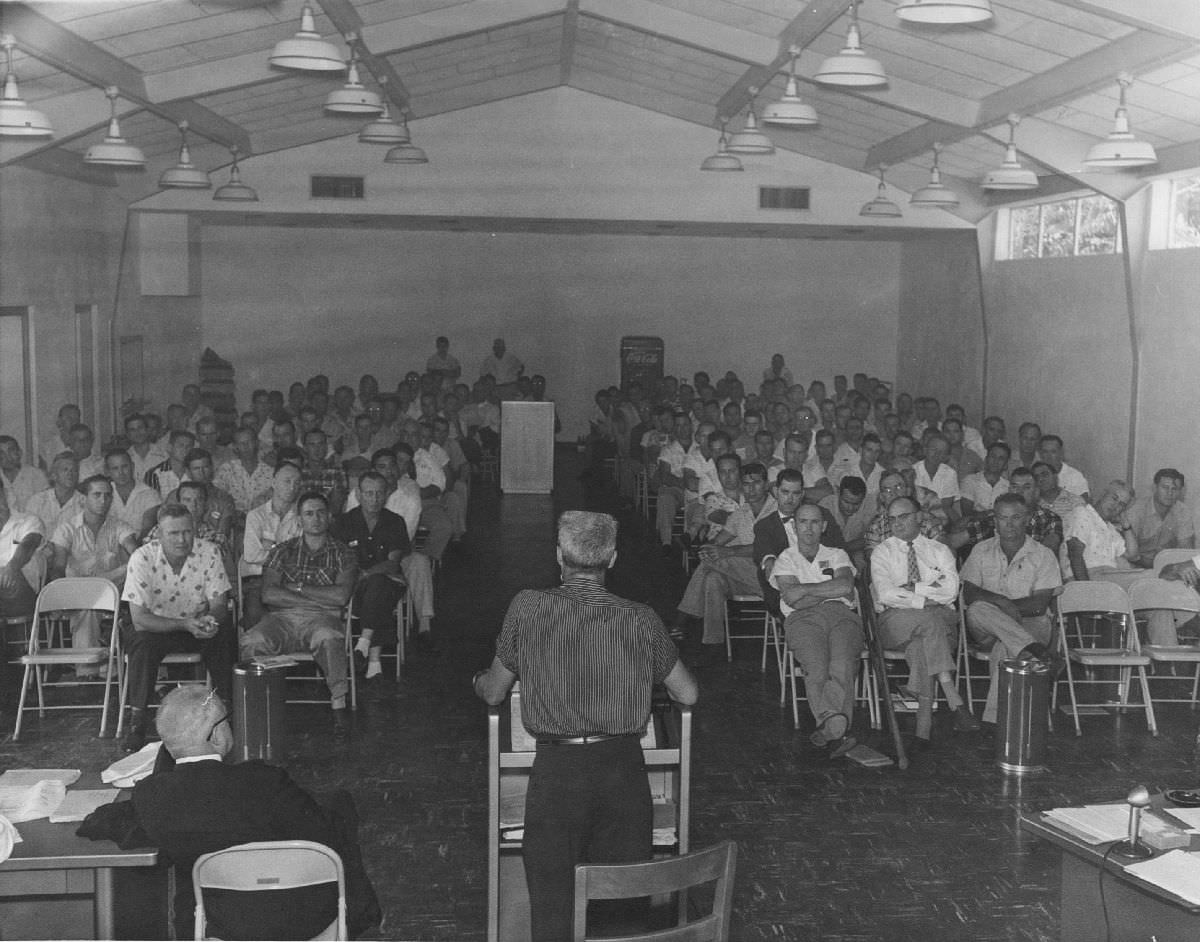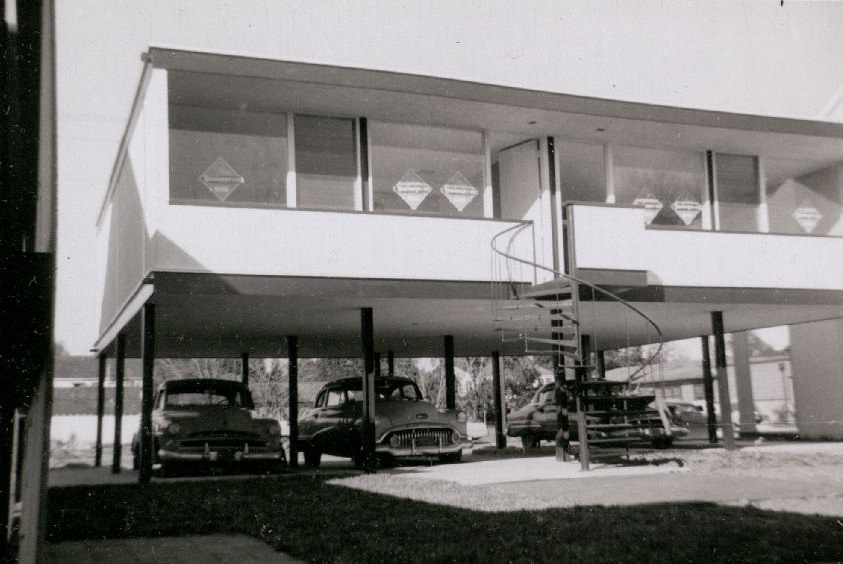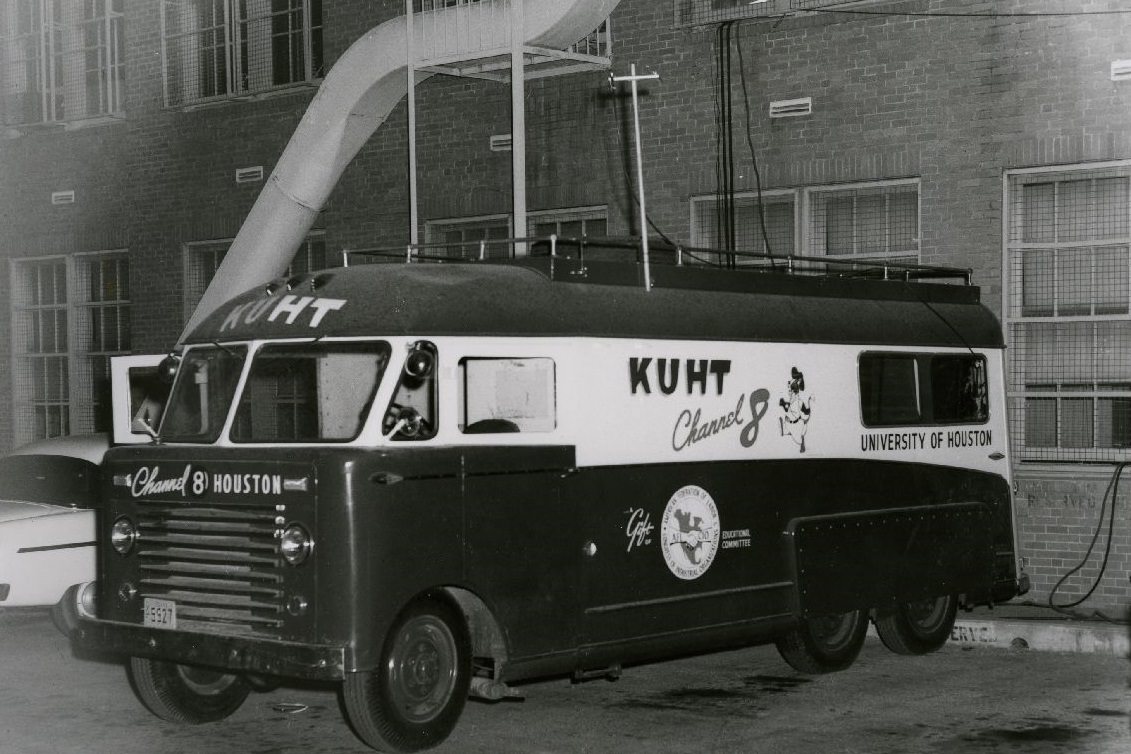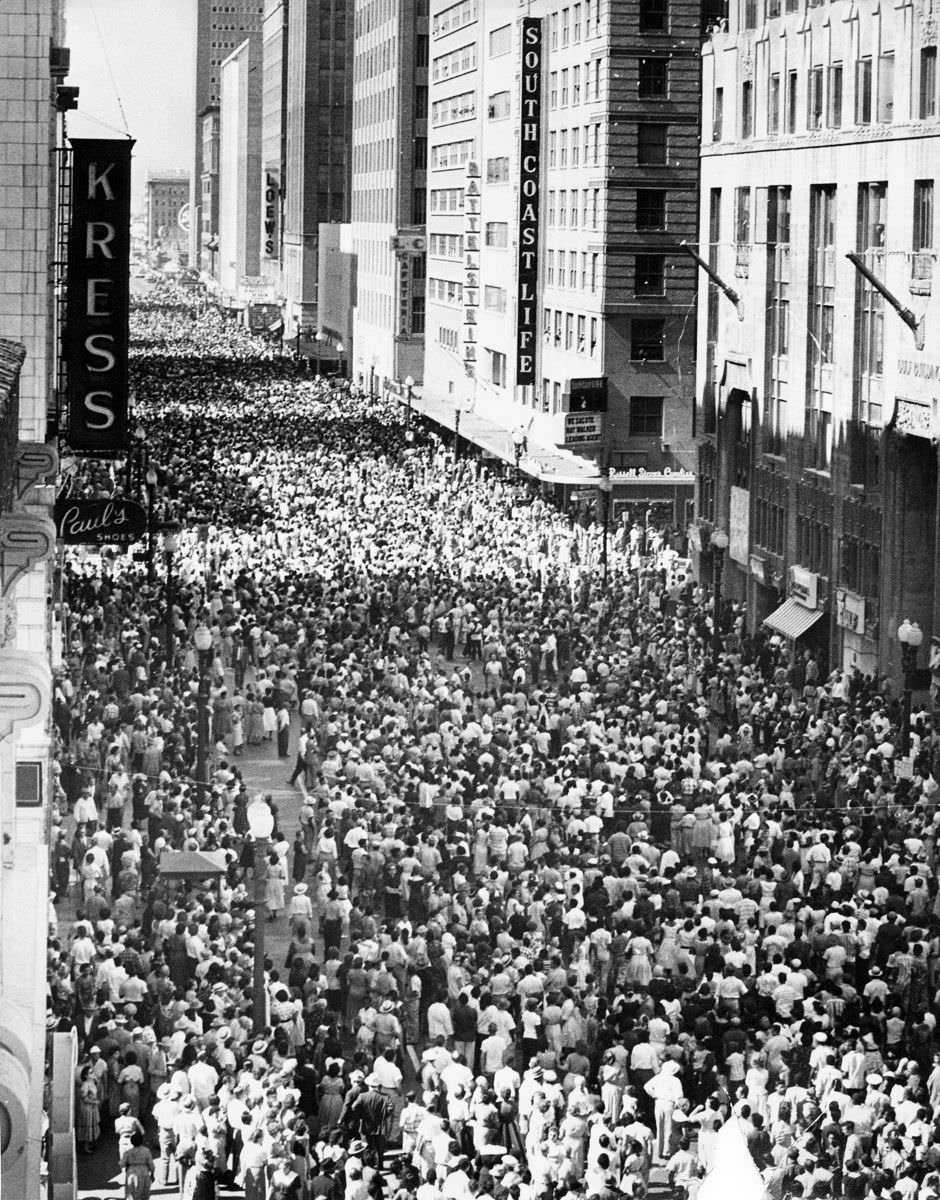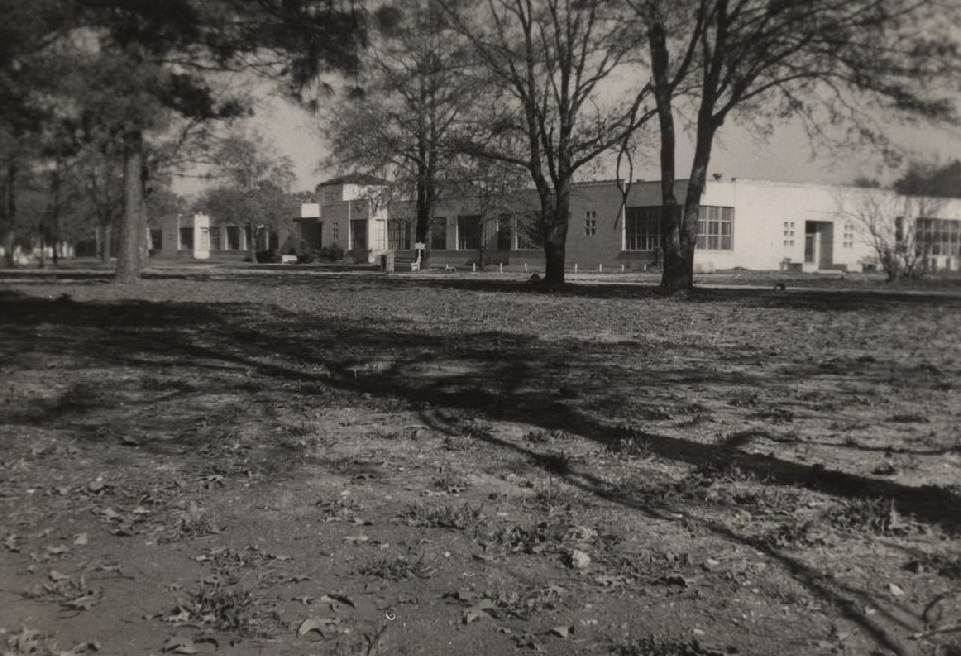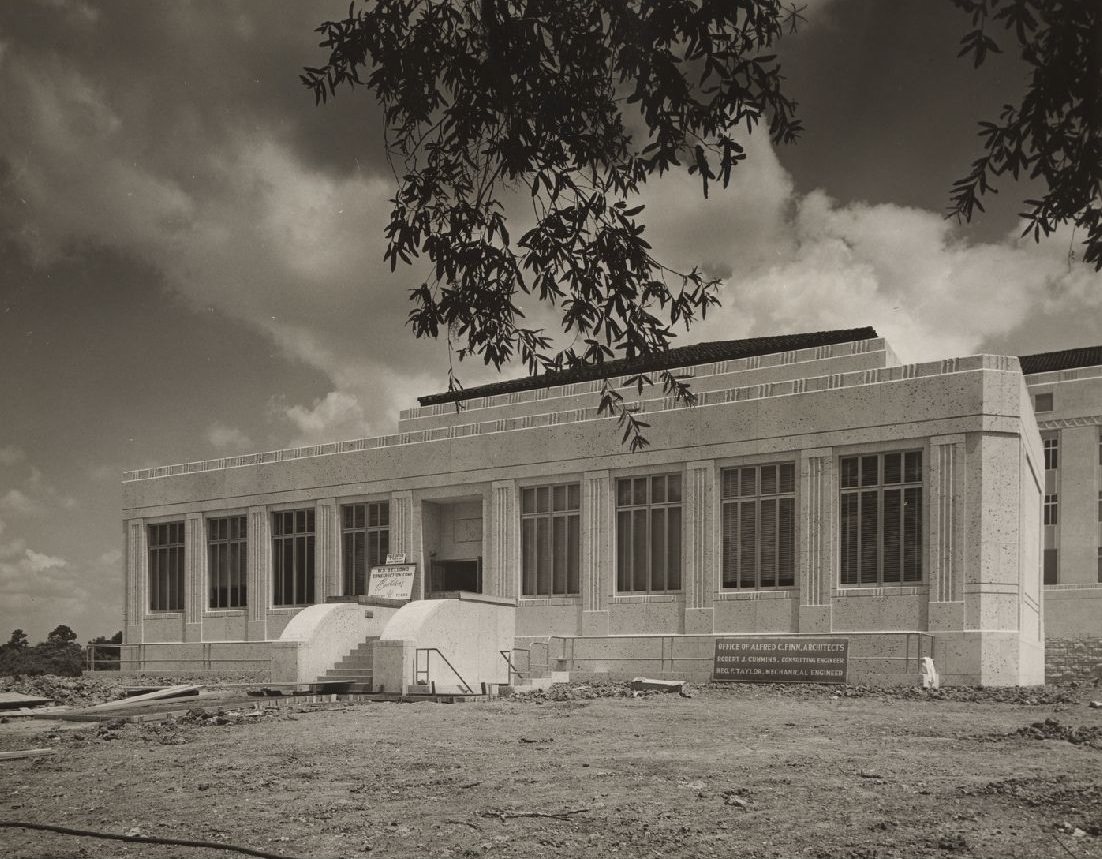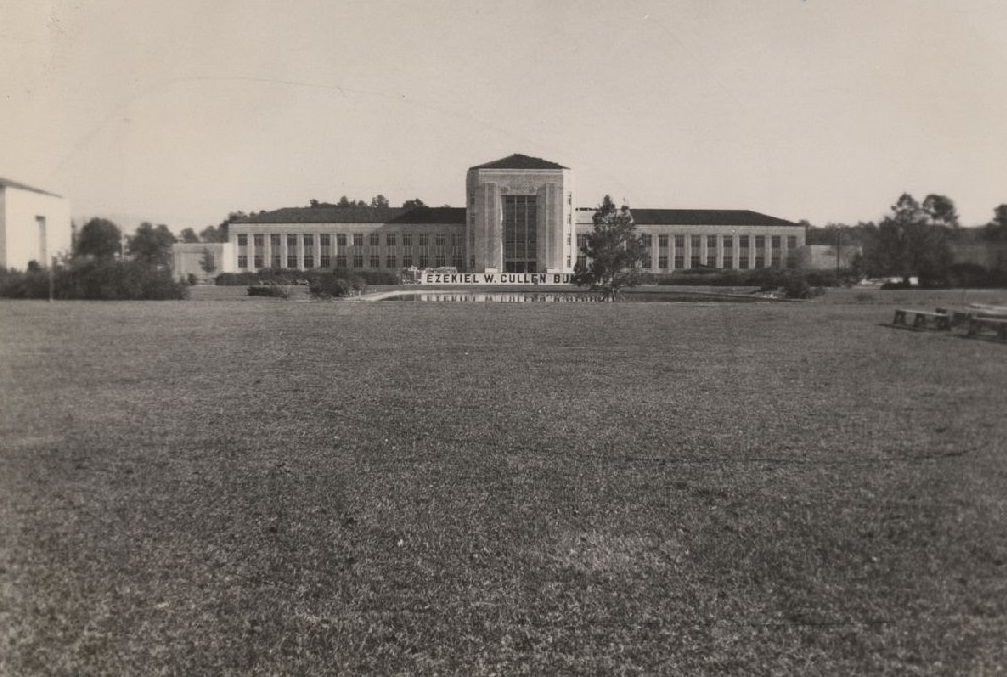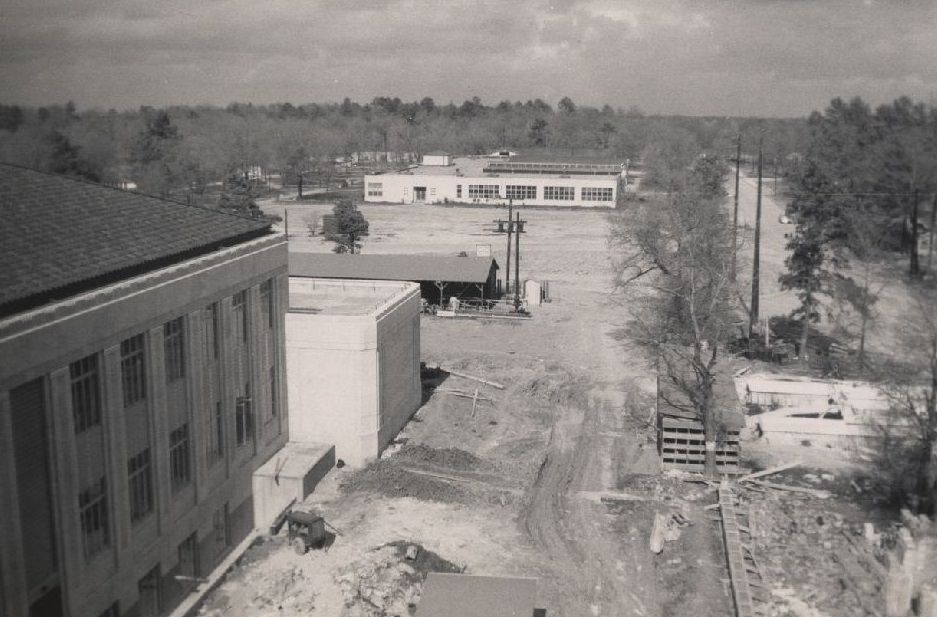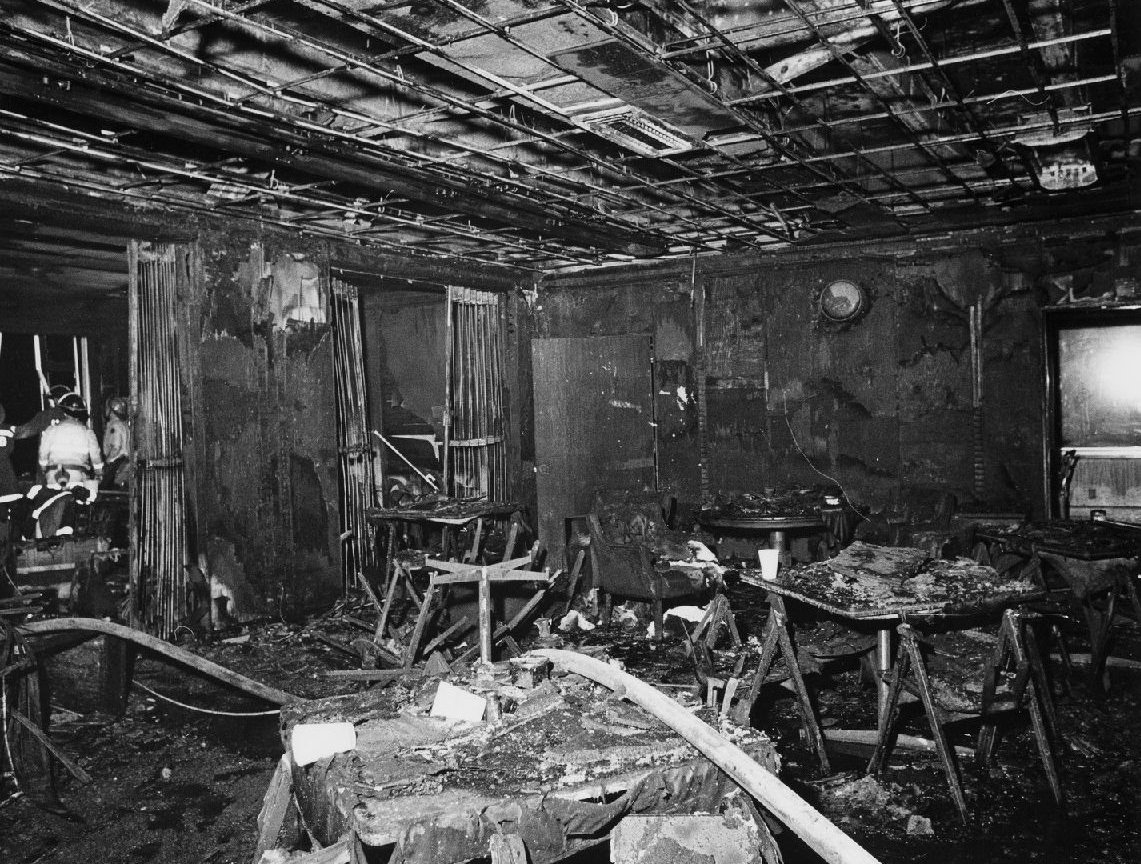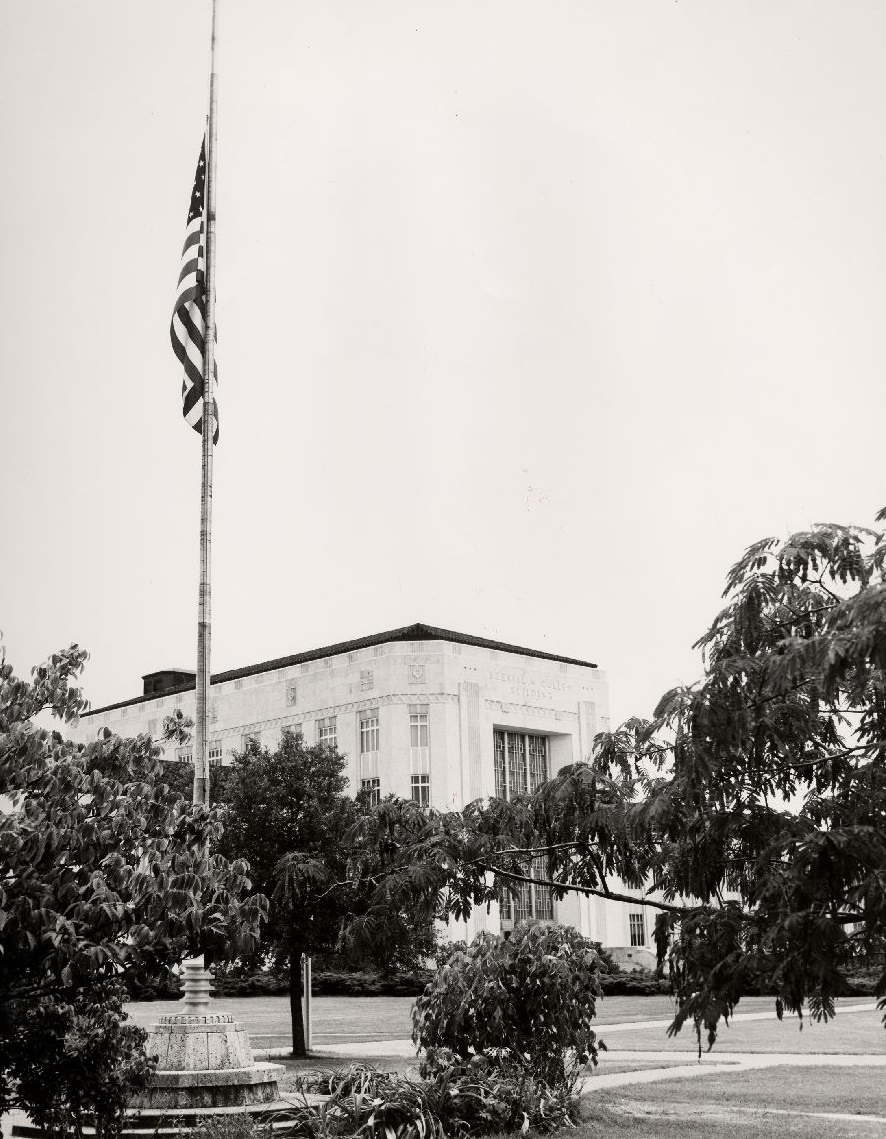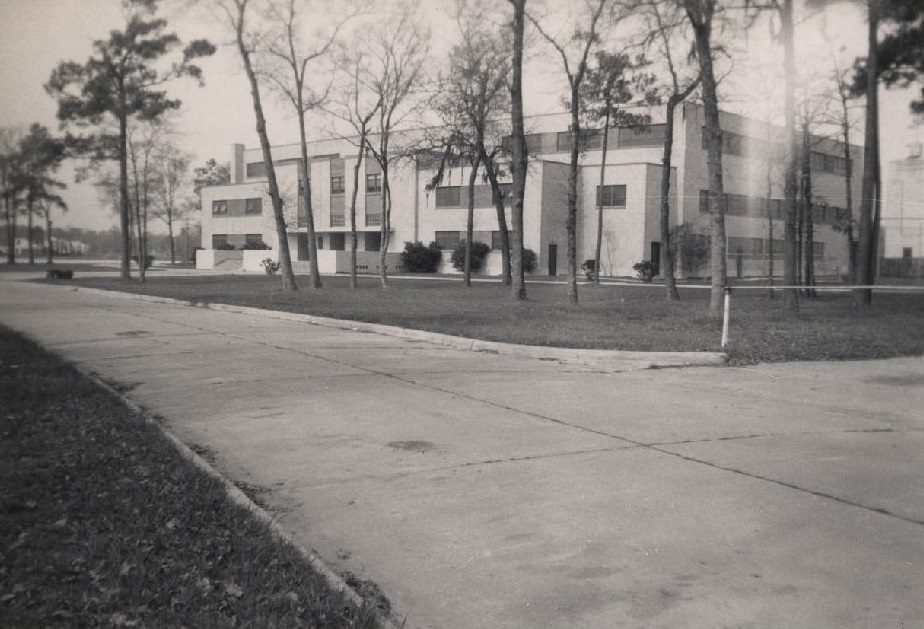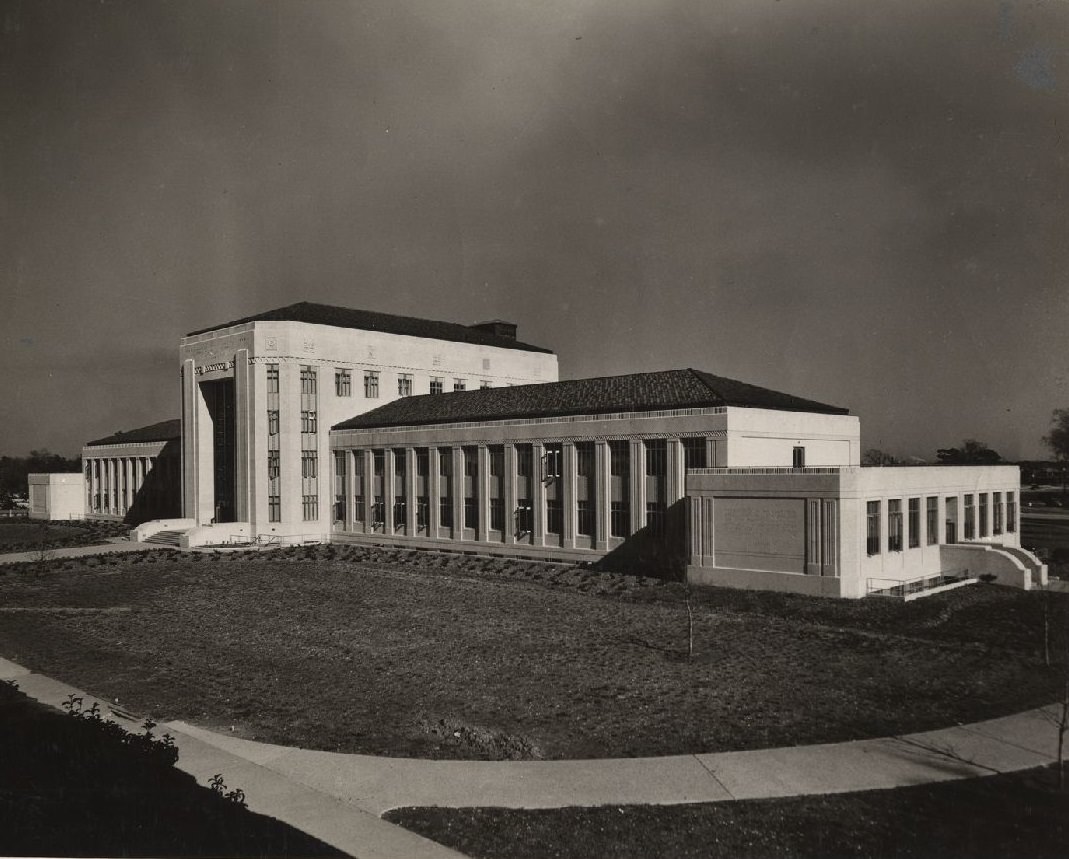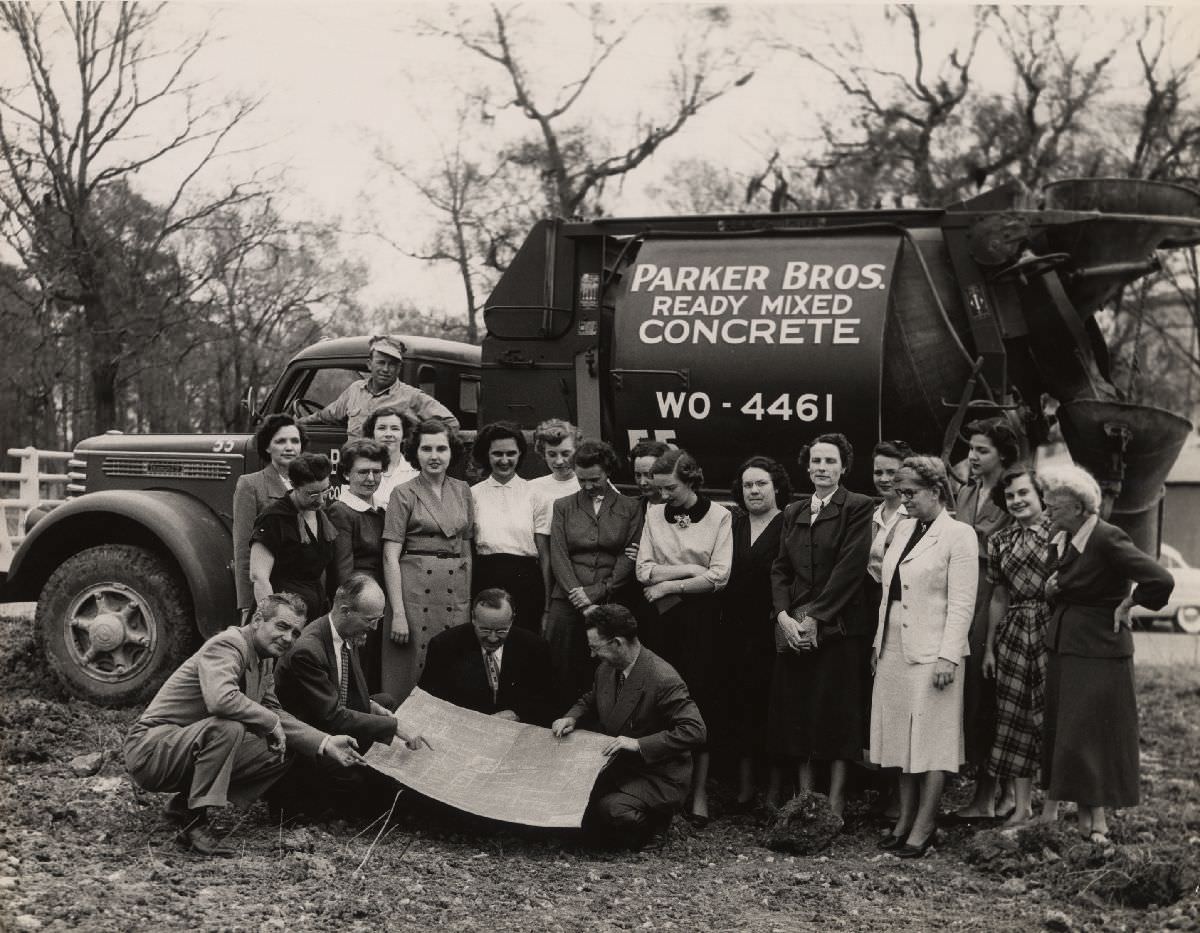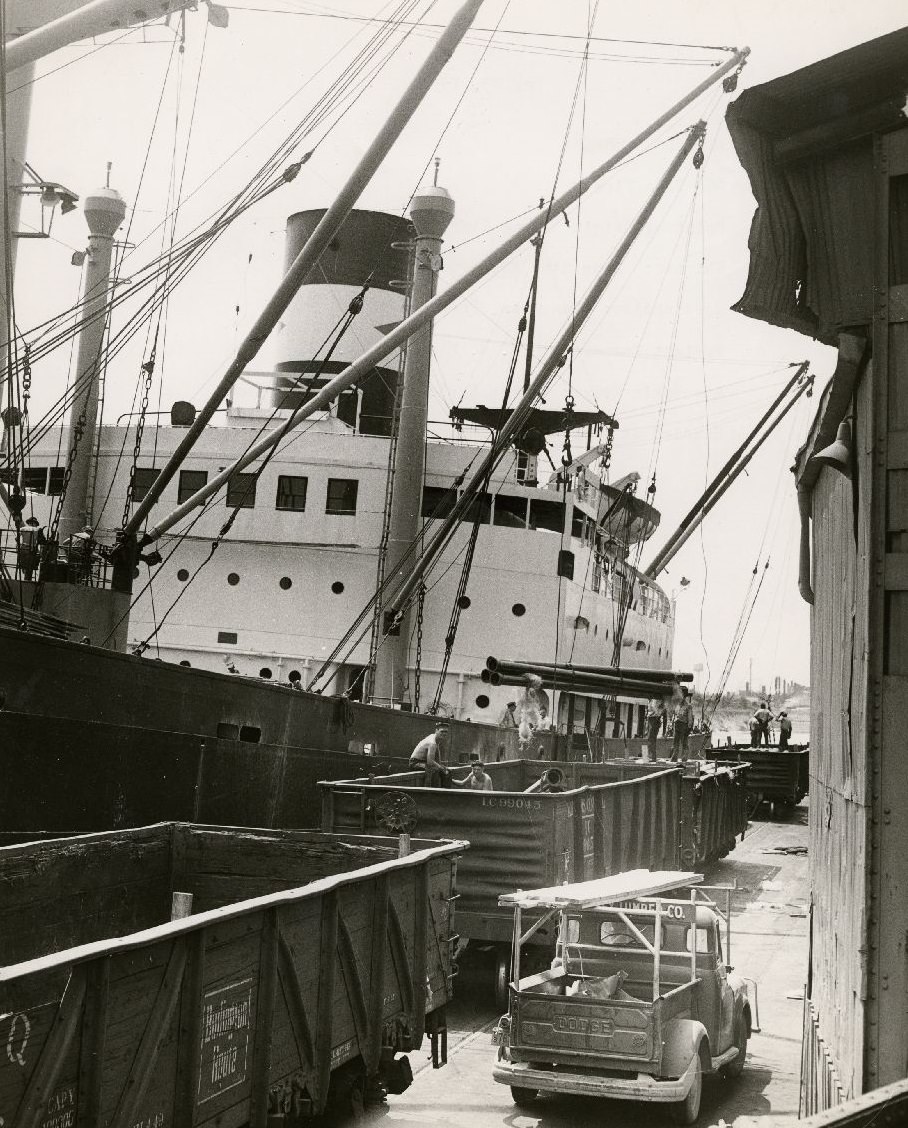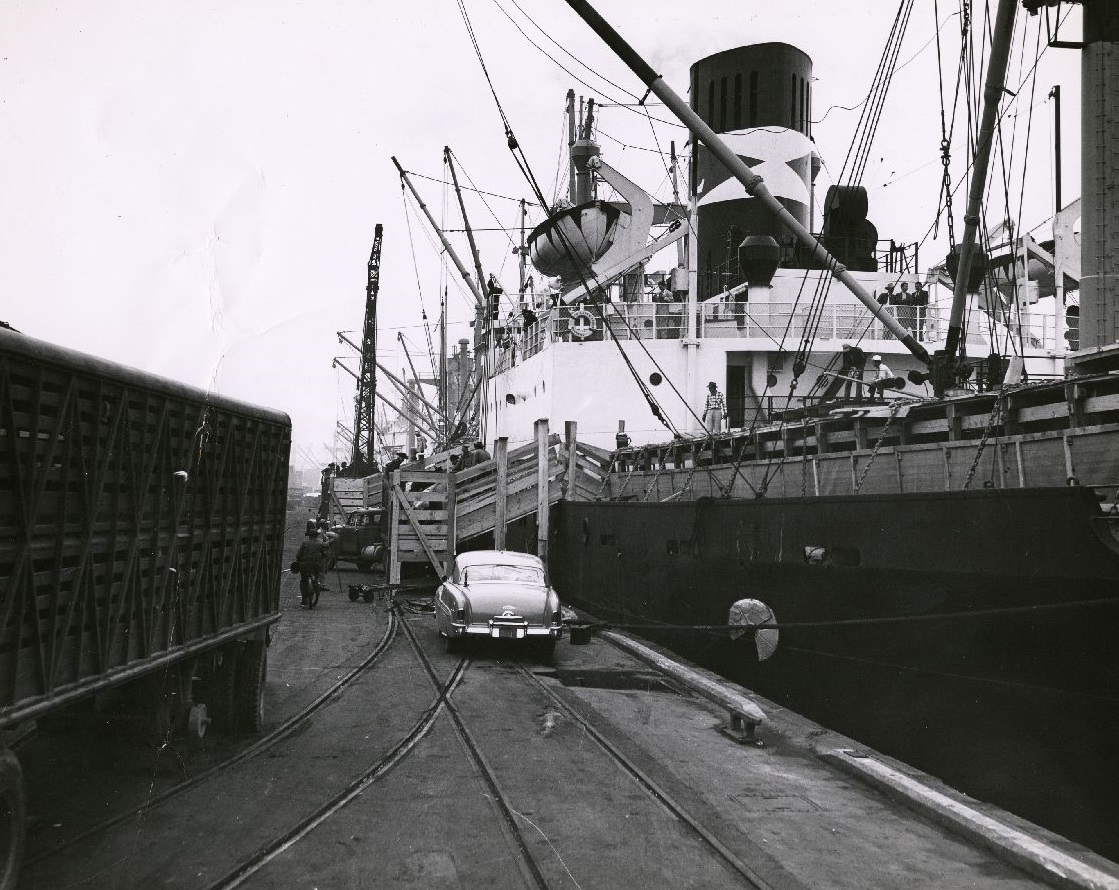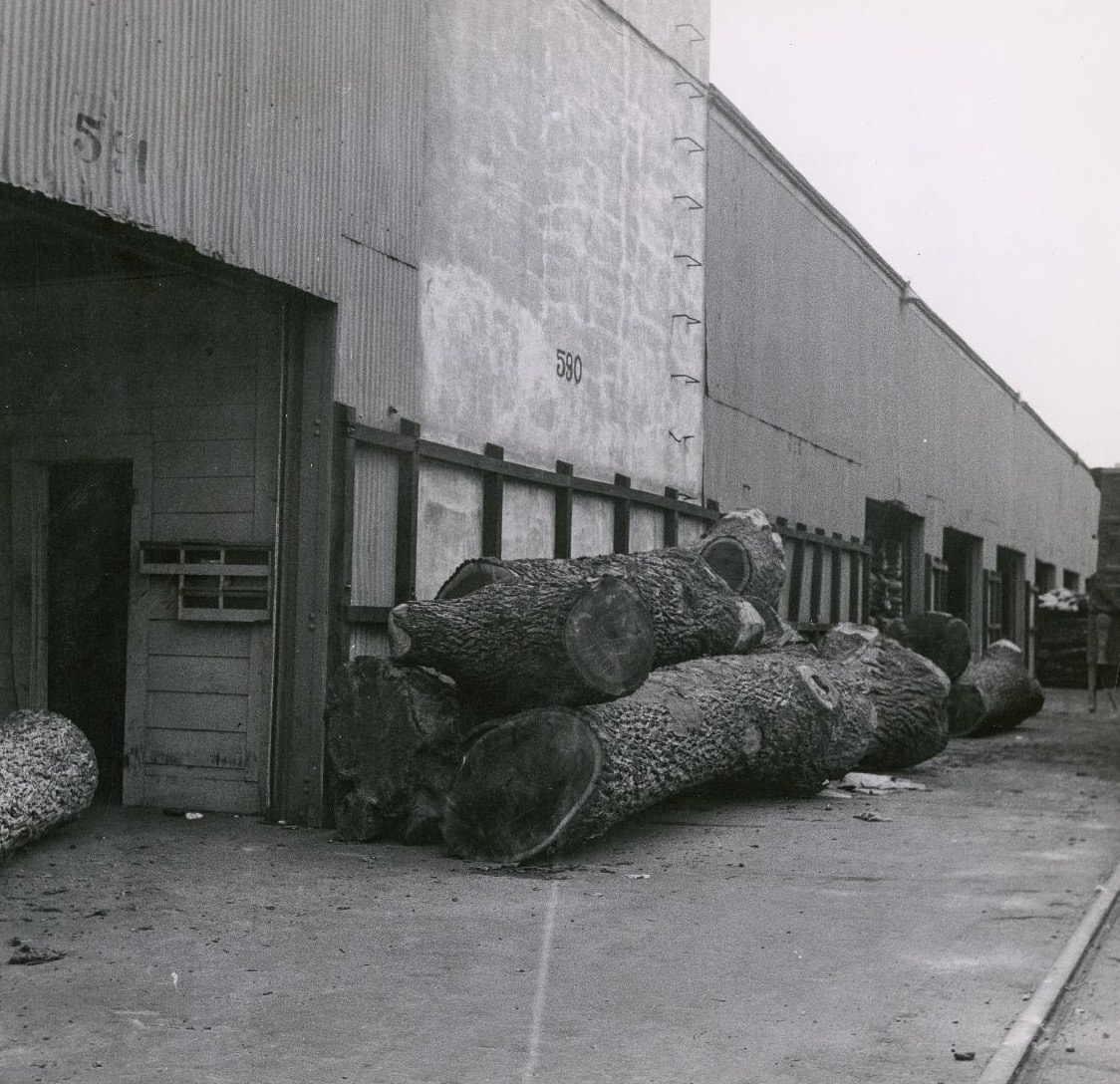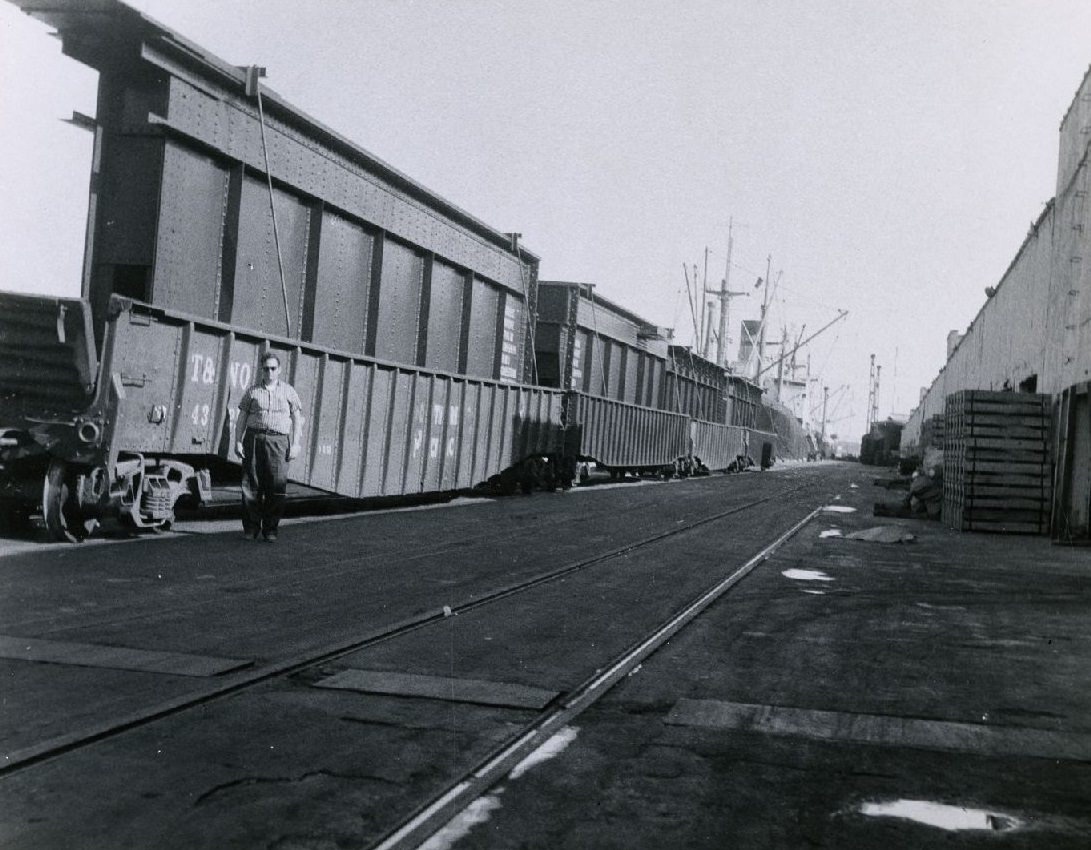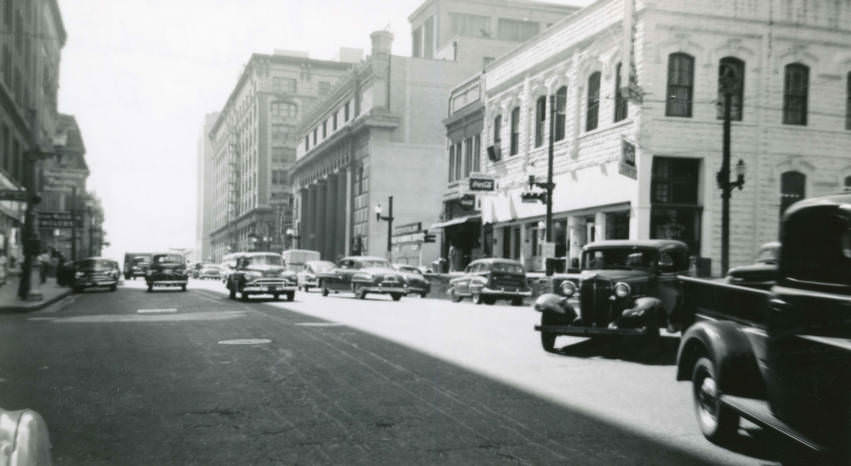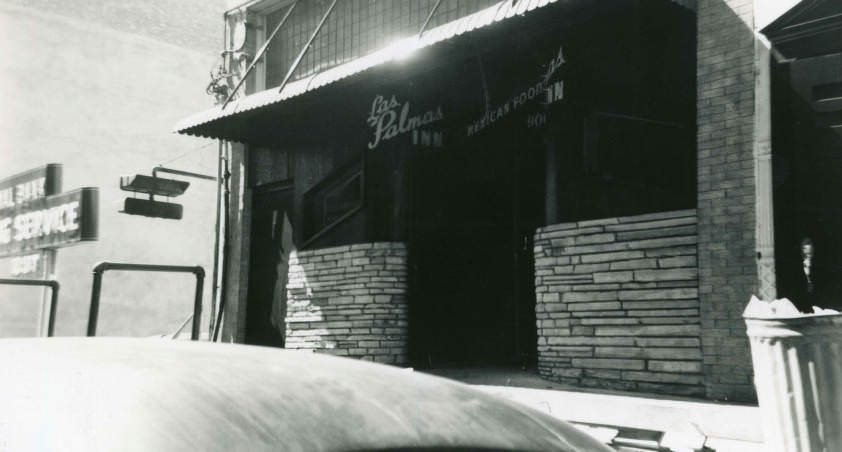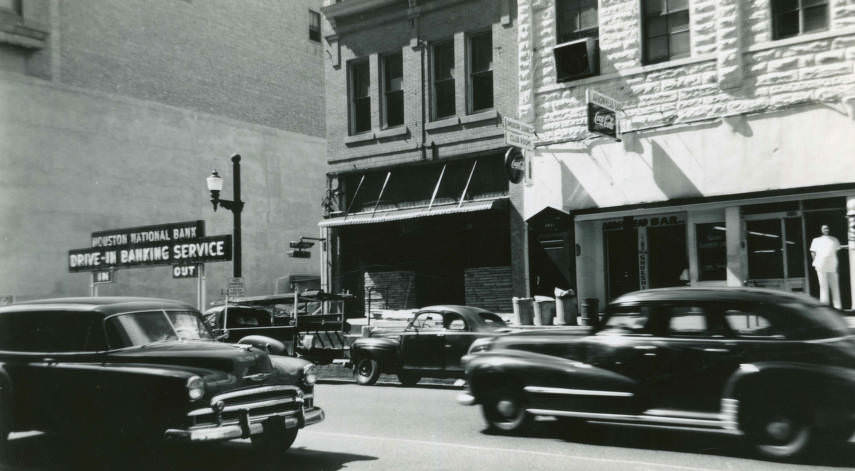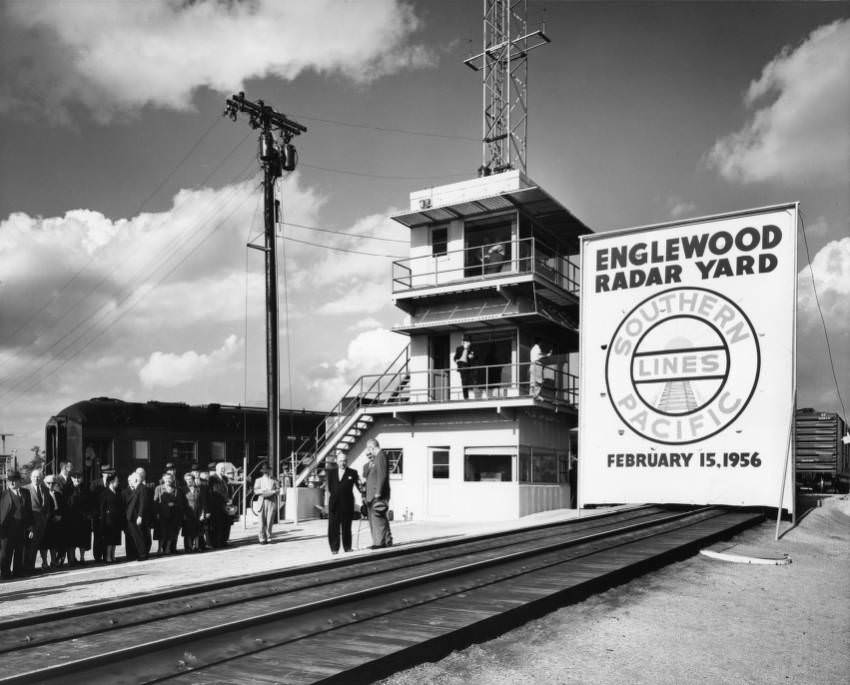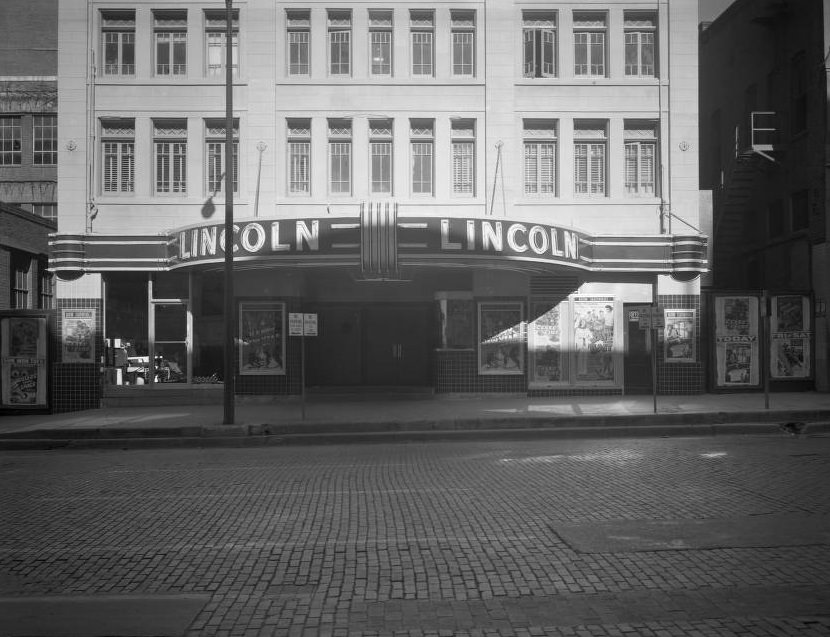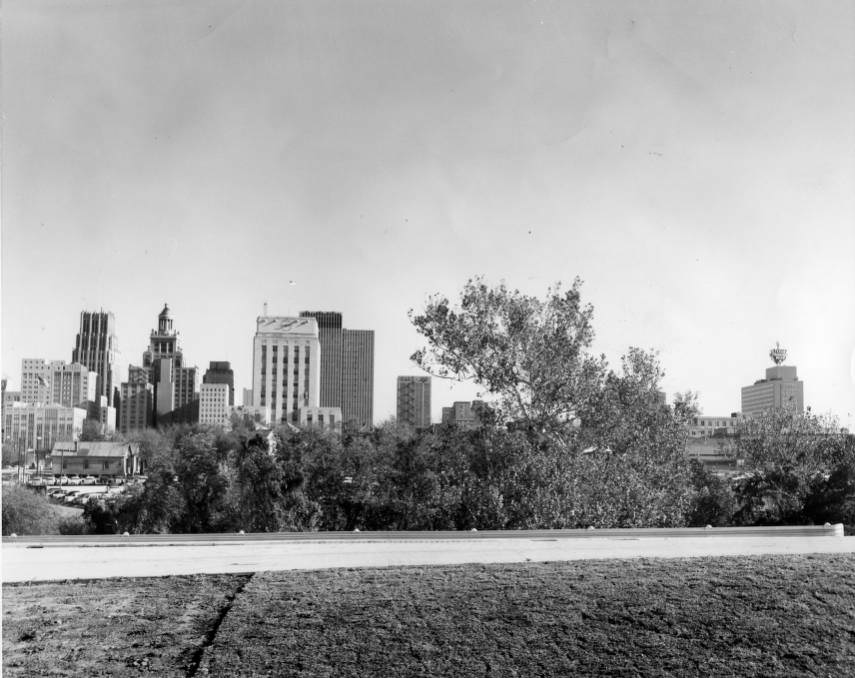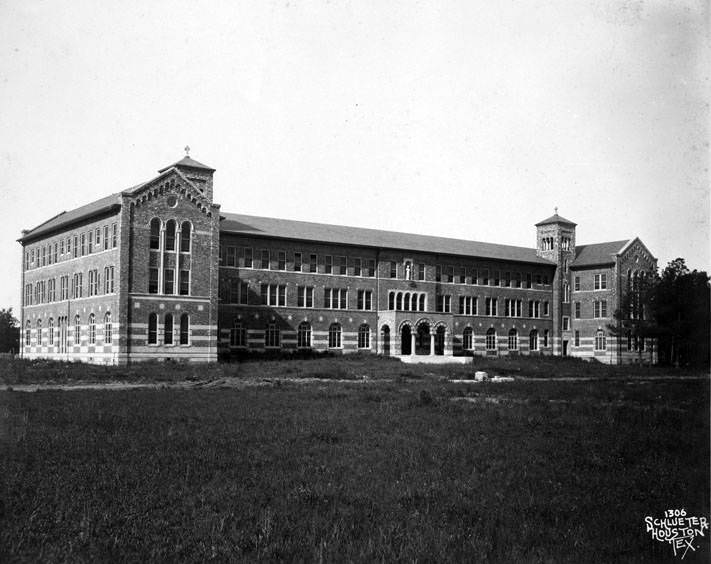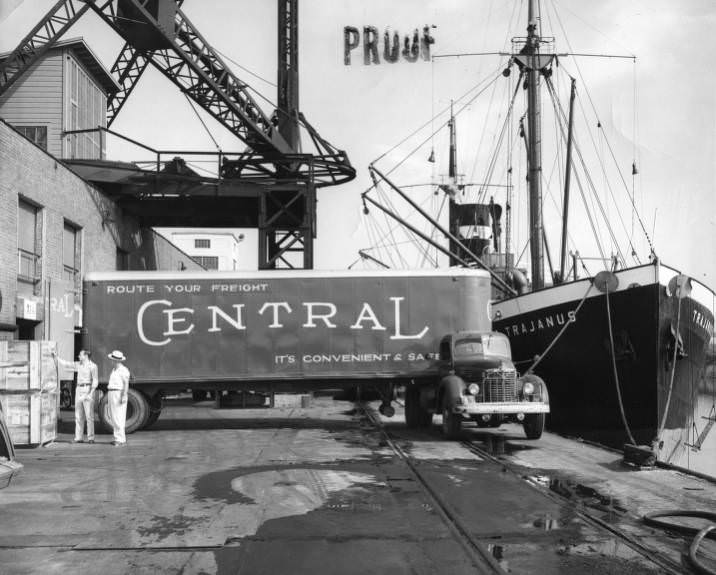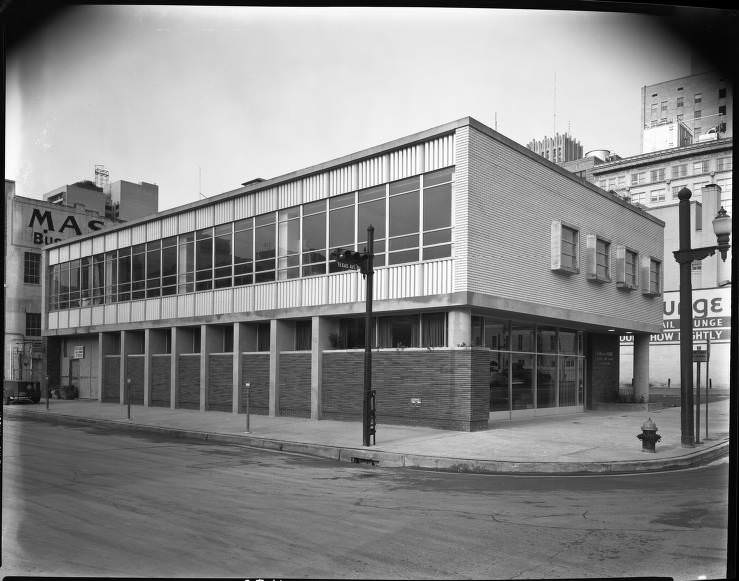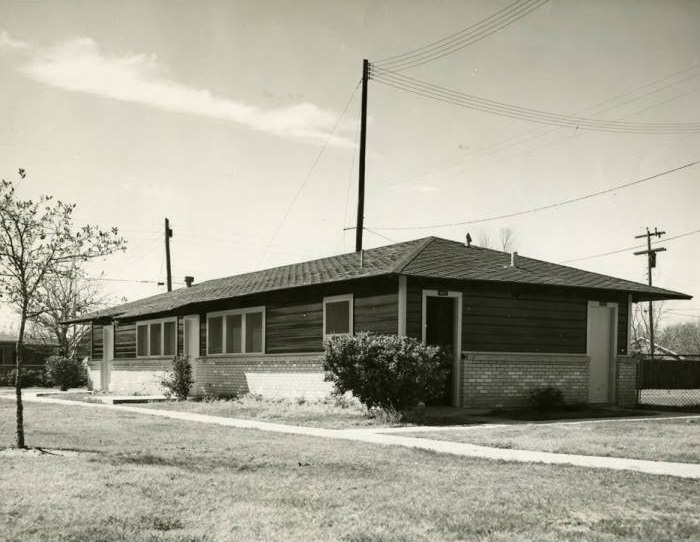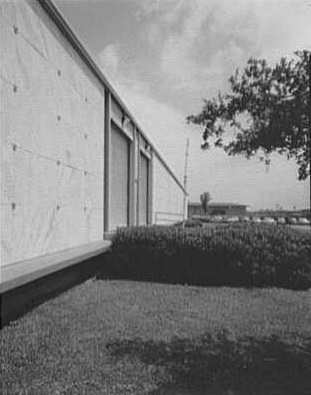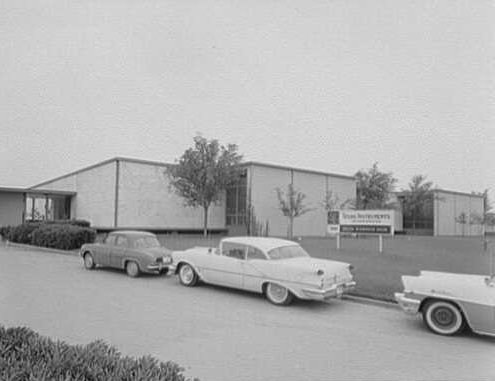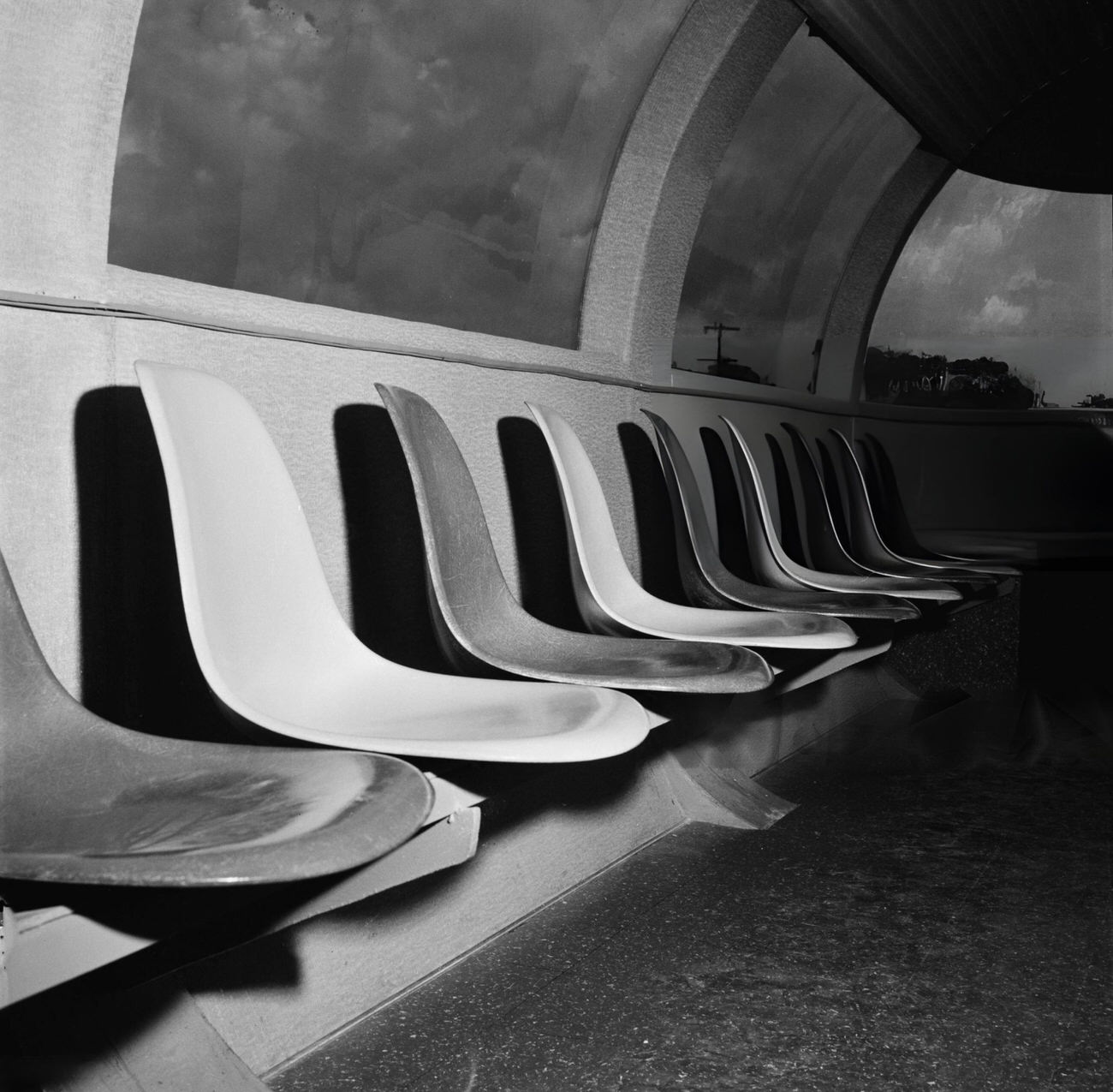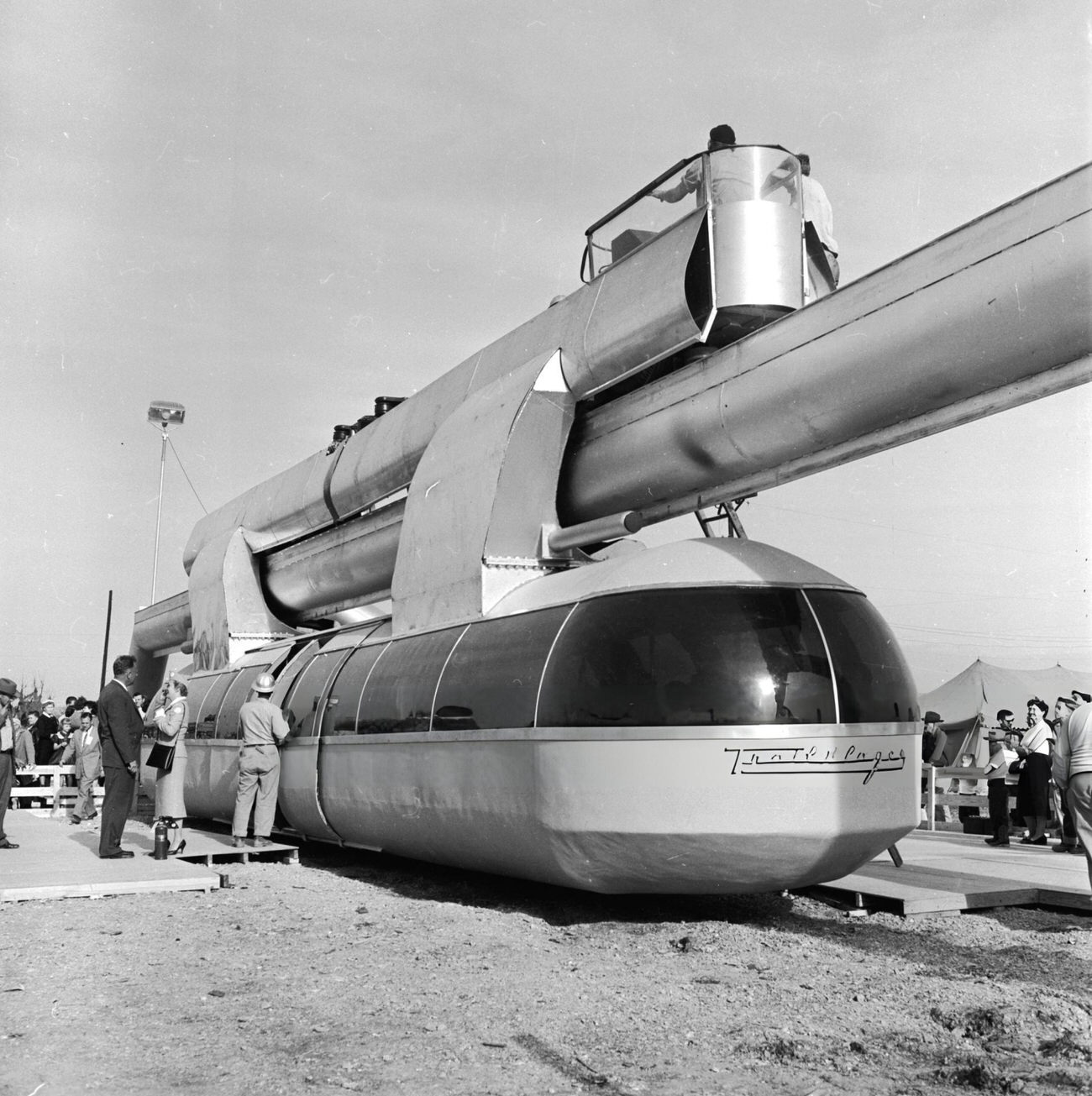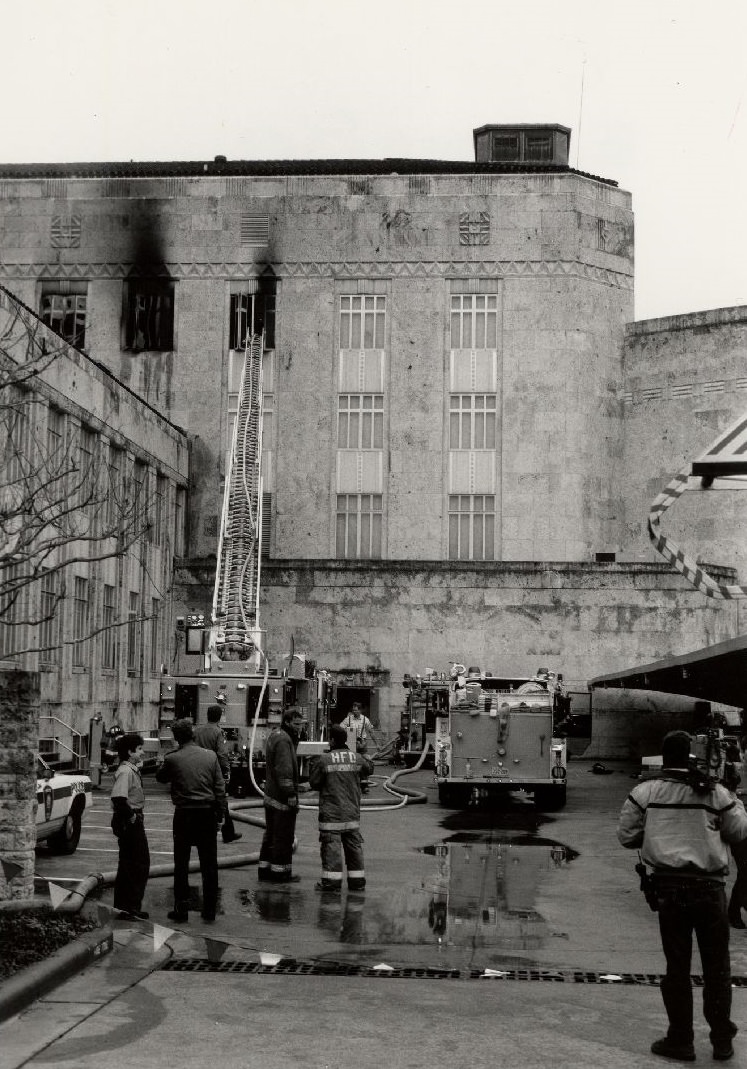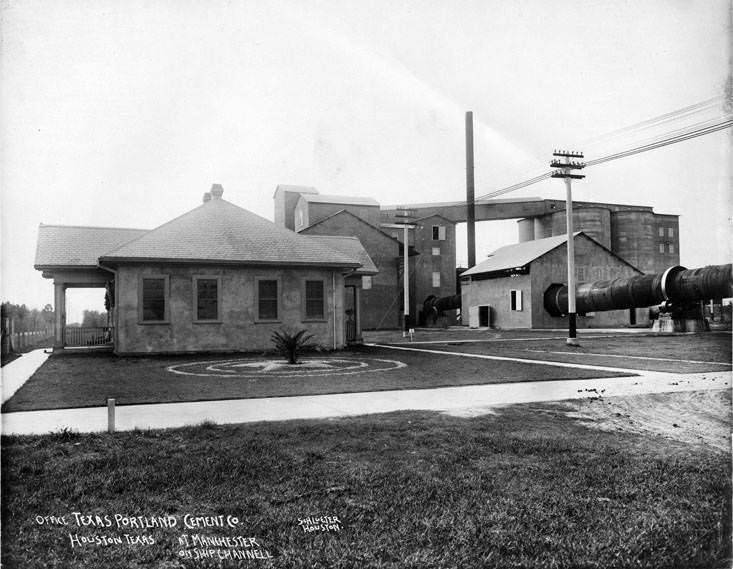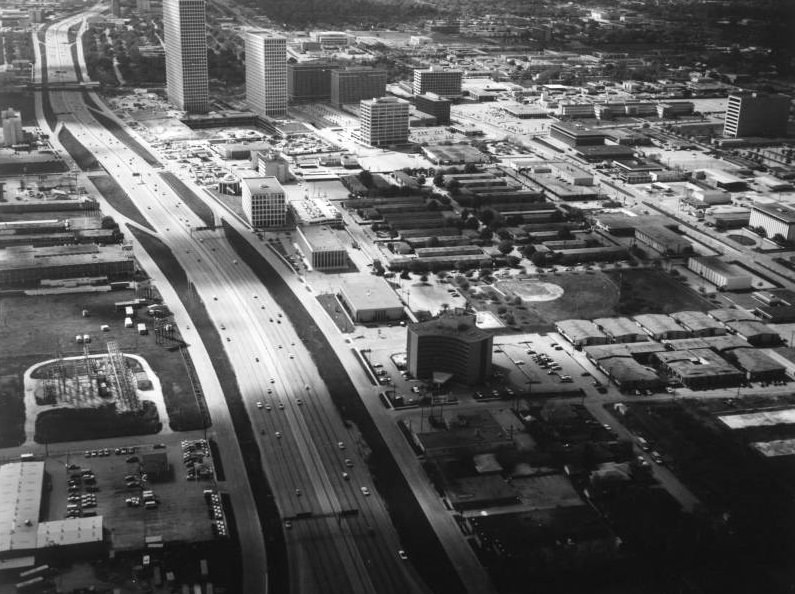The 1950s in Houston were a time of immense growth and change. The city was shedding its small-town feel and transforming into a modern metropolis, fueled by the booming energy industry and a spirit of innovation. From its evolving skyline to the bustling streets, Houston in the 50s was a vibrant place to live, work, and play.
Economy and Jobs: Oil and Beyond
Oil was king in 1950s Houston. The discovery of vast oil reserves in the Gulf of Mexico brought a wave of prosperity to the city. Refineries popped up along the Houston Ship Channel, and downtown office buildings filled with energy companies. This “black gold” rush created jobs and attracted skilled workers from all over the country.
But Houston’s economy wasn’t all about oil. The Port of Houston, already a major shipping hub, expanded rapidly, connecting the city to international trade routes. The Texas Medical Center, established in the 40s, continued to grow, becoming a renowned center for research and healthcare. This economic diversity laid the foundation for Houston’s future as a multi-faceted city.
Architecture: Modernity Takes Root
The 50s saw a shift in Houston’s architectural landscape. Sleek, modern buildings began to rise alongside older structures. The Shamrock Hilton Hotel, with its iconic Shamrock-shaped pool, was a prime example of this new style. Designed by architect Wyatt Hedrick, the hotel became a symbol of Houston’s modern ambitions..
Read more
Residential architecture also evolved. Ranch-style homes, with their open floor plans and large windows, became popular in new suburban neighborhoods like Sharpstown and Meyerland. These communities offered families spacious yards and a sense of community, reflecting the post-war suburban boom that swept the nation.
While some landmarks, like the Rice Hotel and City Hall, had graced Houston for decades, new ones emerged in the 50s. The Astrodome, nicknamed the “Eighth Wonder of the World,” opened its doors in 1965, becoming a revolutionary indoor stadium and a source of civic pride.
Other popular spots included the Sam Houston Coliseum and Music Hall, which hosted concerts, rodeos, and other events. The Shamrock Hotel, with its glamorous atmosphere, was a favorite among celebrities and socialites. These landmarks not only provided entertainment but also served as gathering places for Houstonians from all walks of life.
Dining Out: A Taste of Houston
Houston’s culinary scene in the 50s reflected its diverse population and evolving tastes. Classic diners like the Dot Coffee Shop and Avalon Drug Store served up comfort food favorites, while upscale restaurants like Maxim’s and the Petroleum Club offered fine dining experiences.
Barbecue joints like Goode Company and Otto’s were popular for their slow-cooked meats and laid-back atmosphere. Mexican restaurants, reflecting the city’s growing Hispanic community, served up delicious Tex-Mex cuisine. From casual to elegant, Houston’s restaurants catered to every palate.
Shopping: From Department Stores to Strip Centers
Downtown Houston remained the retail hub in the 50s, with department stores like Foley’s, Sakowitz, and Battlestein’s attracting shoppers with their wide selections of clothing, furniture, and household goods.
However, the rise of the automobile and the growth of suburbs led to the development of shopping centers outside the city center. Places like Gulfgate Shopping City and Sharpstown Center offered convenient one-stop shopping for suburban families. These strip malls featured a mix of national chains and local businesses, reflecting the changing retail landscape.
Entertainment: Fun for Everyone
Houstonians in the 50s enjoyed a variety of entertainment options. Drive-in movie theaters like the Shepherd Drive-In and the Airline Drive-In were popular for family outings. Live music could be found in clubs throughout the city, with blues and jazz being particularly popular genres.
Sporting events were also a major draw. The Houston Buffs, a minor league baseball team, drew enthusiastic crowds to Buffalo Stadium. The city also hosted professional wrestling matches and boxing bouts, providing thrilling spectacles for sports fans.


